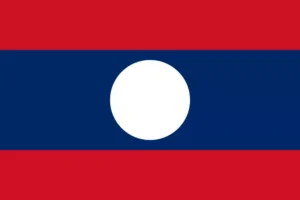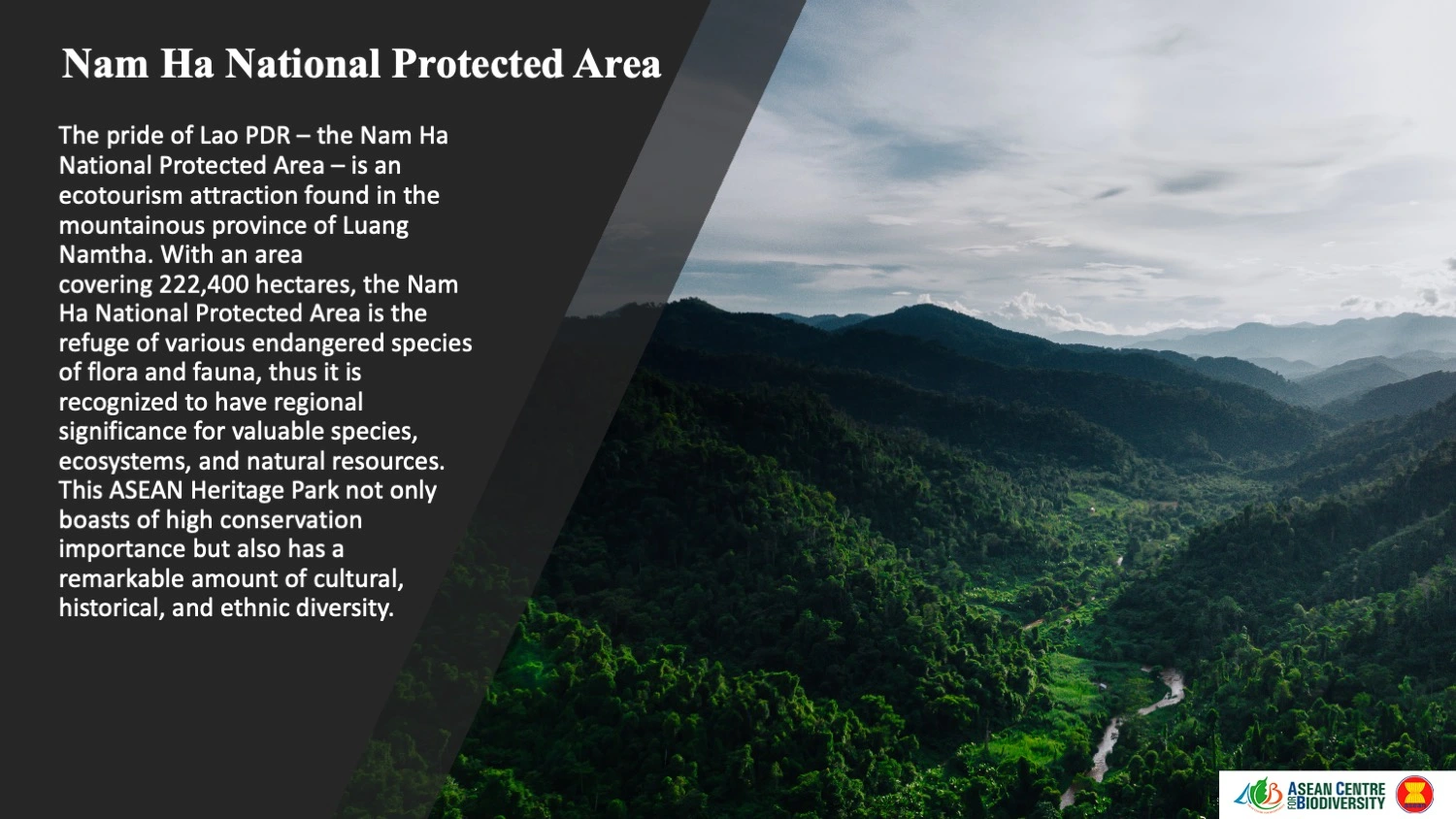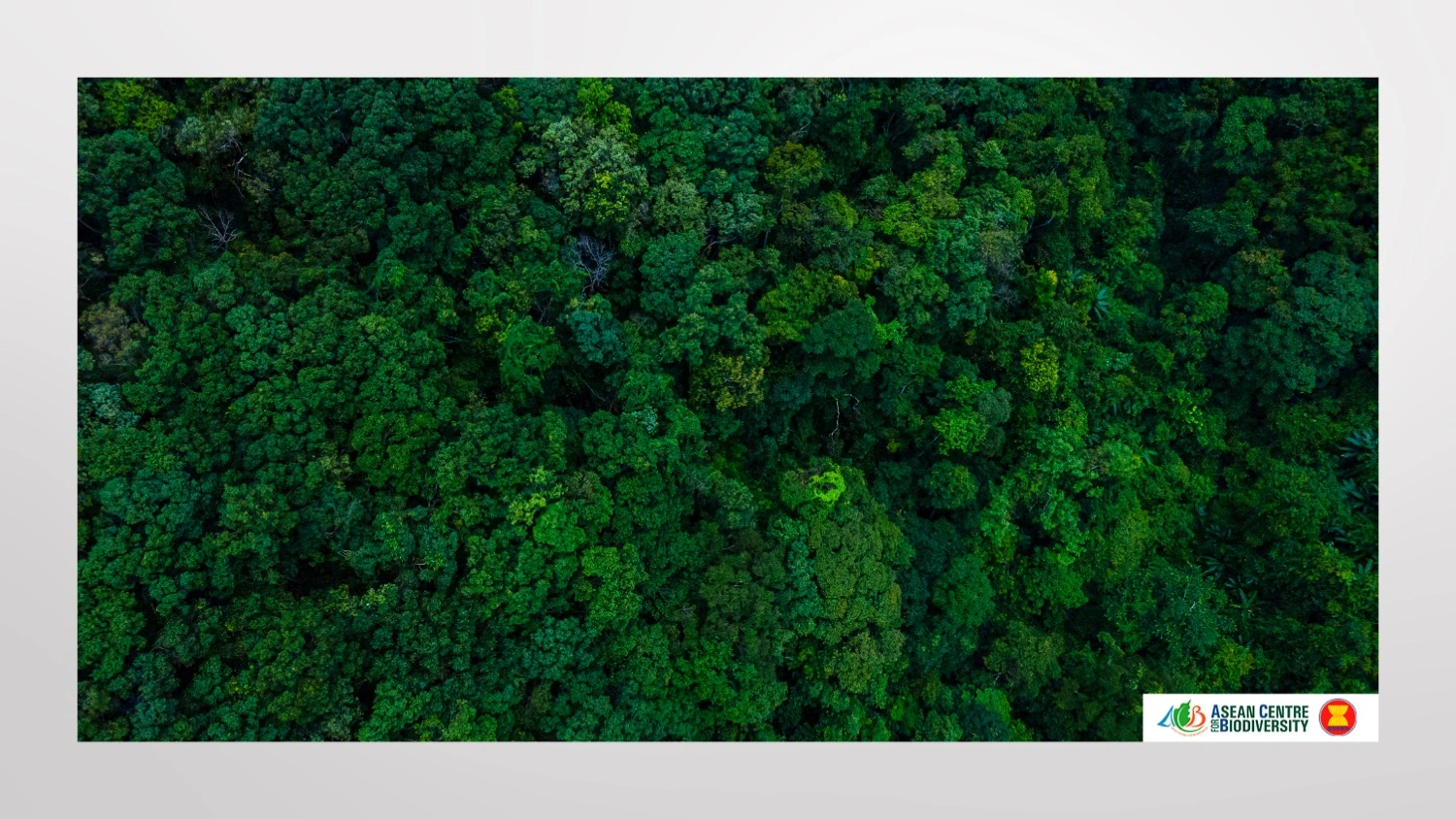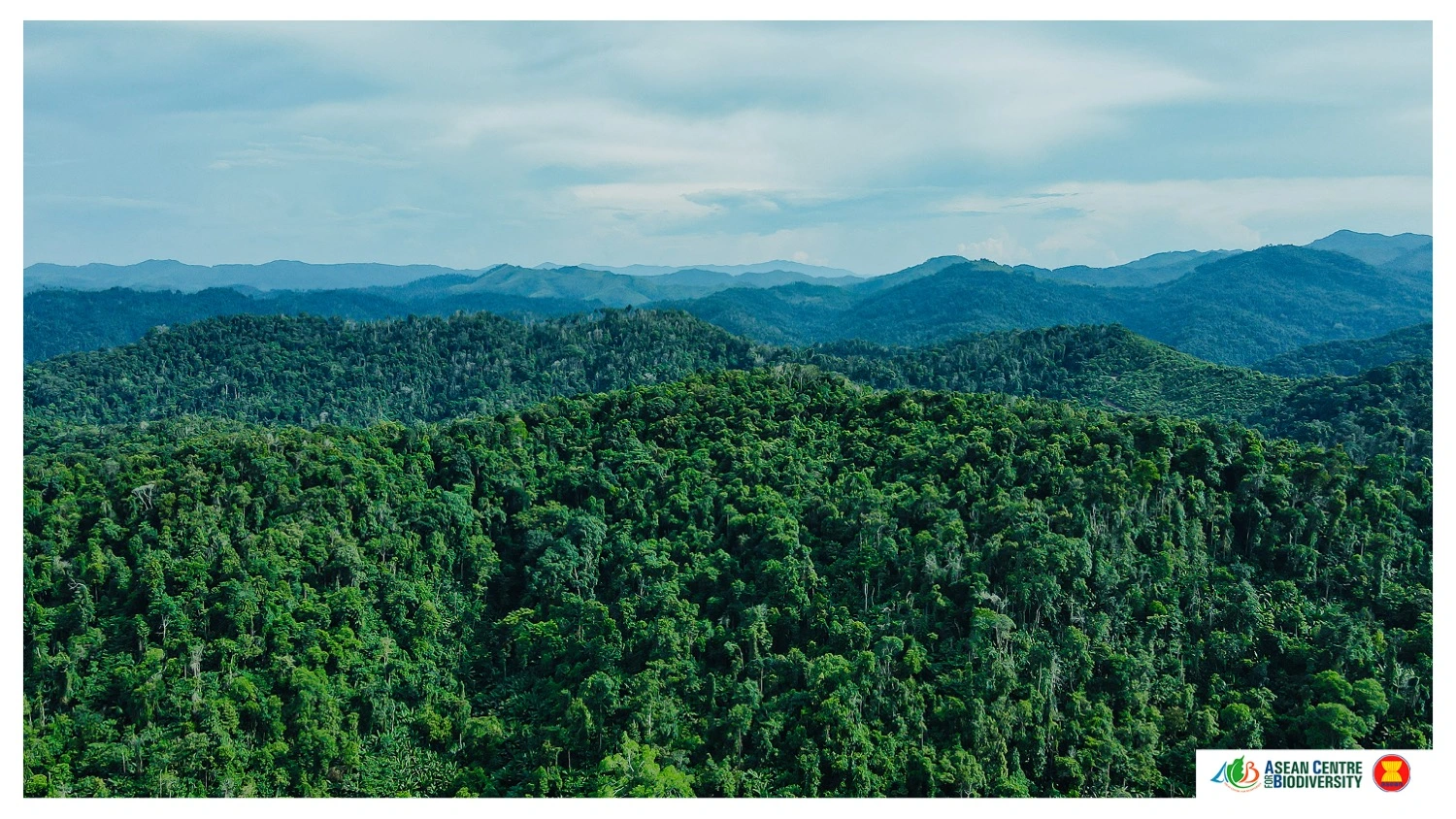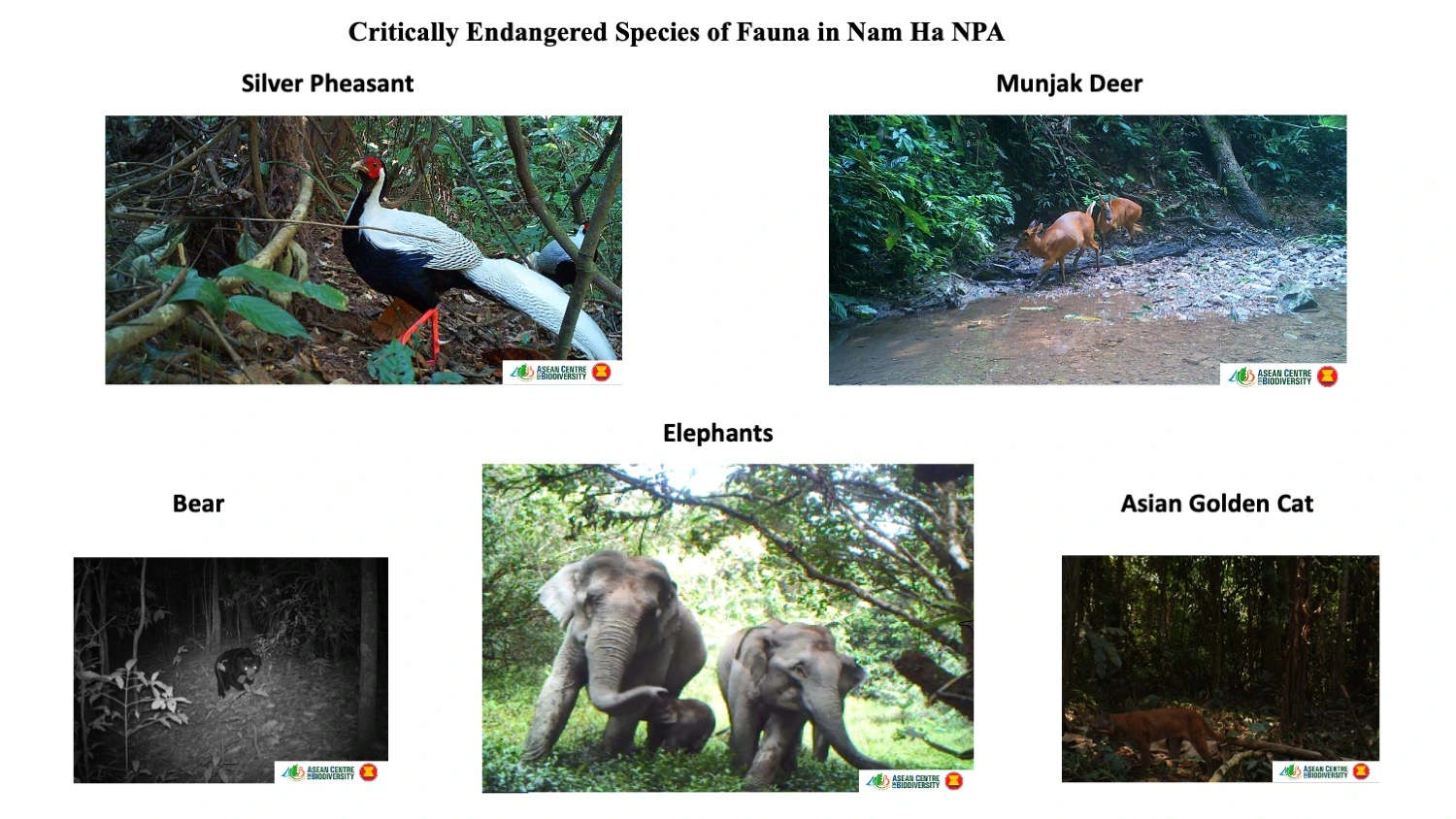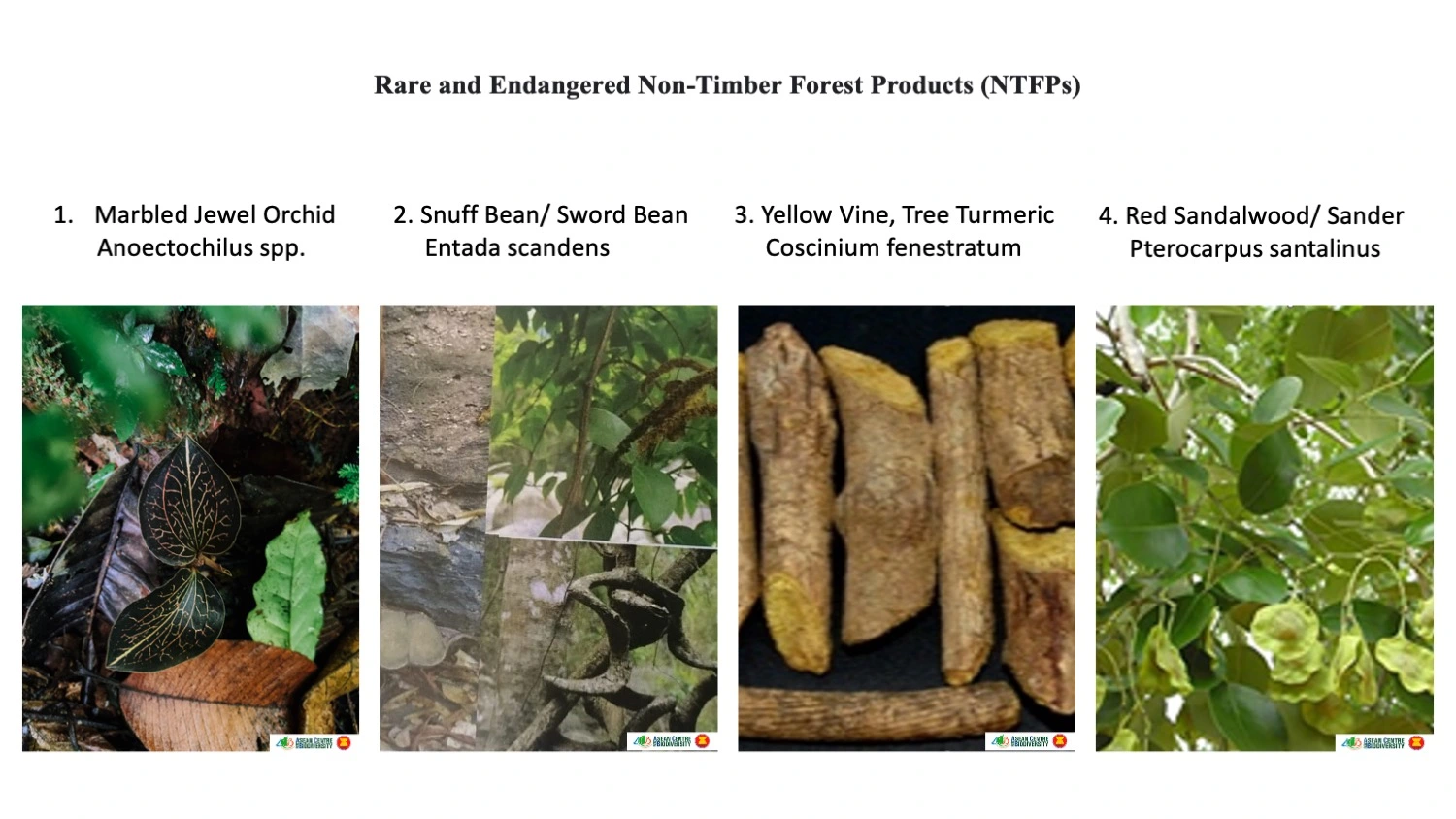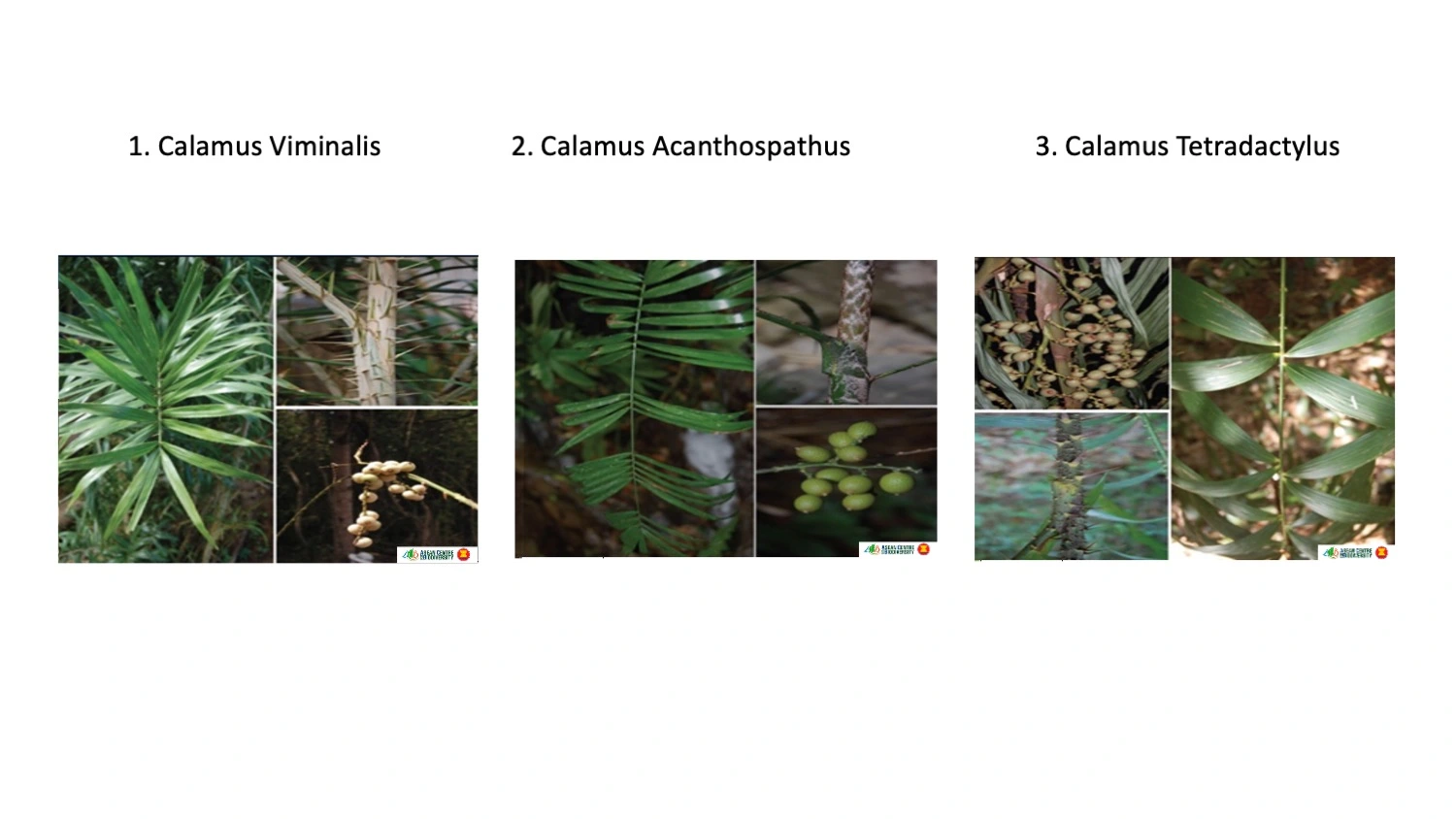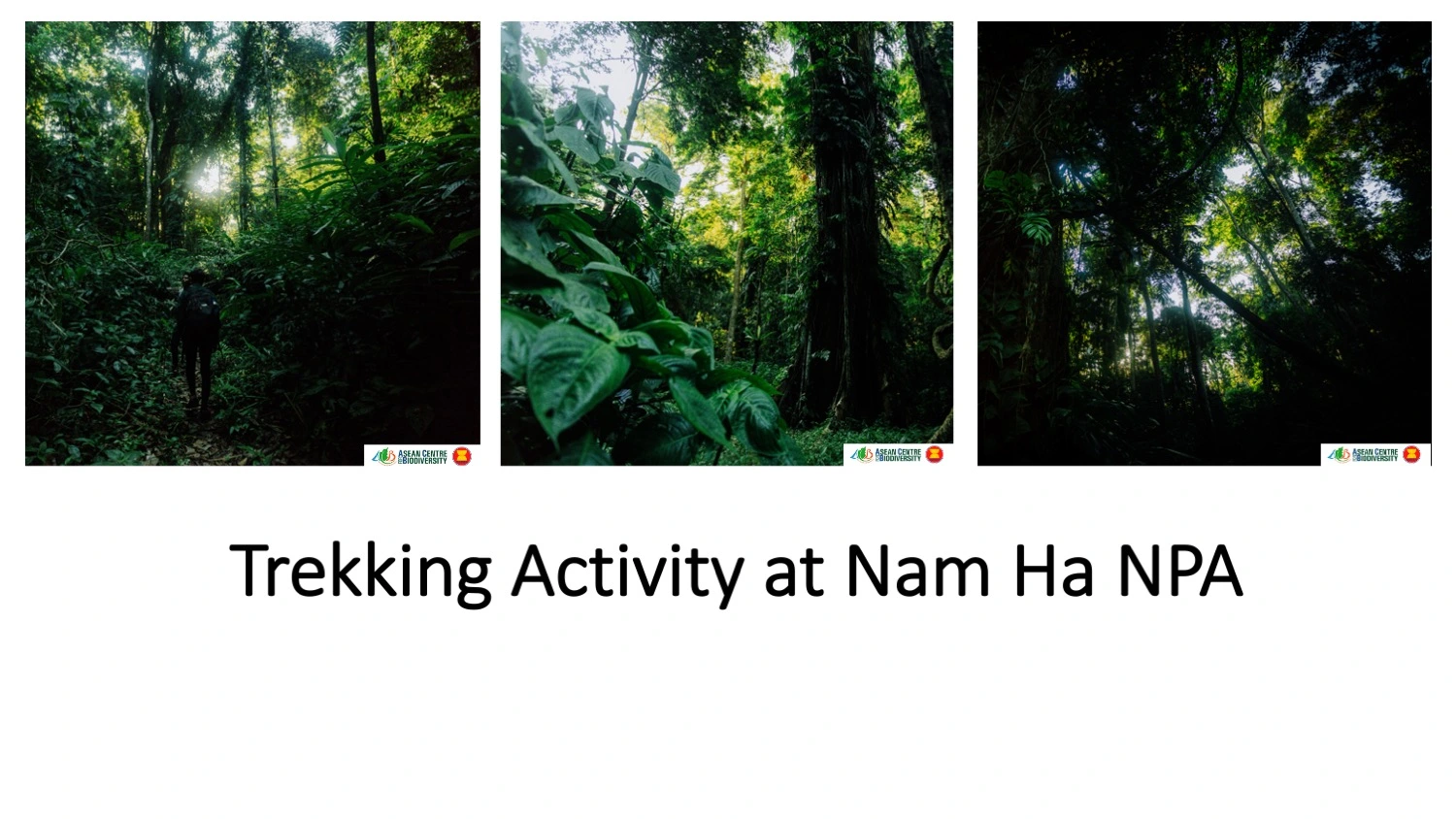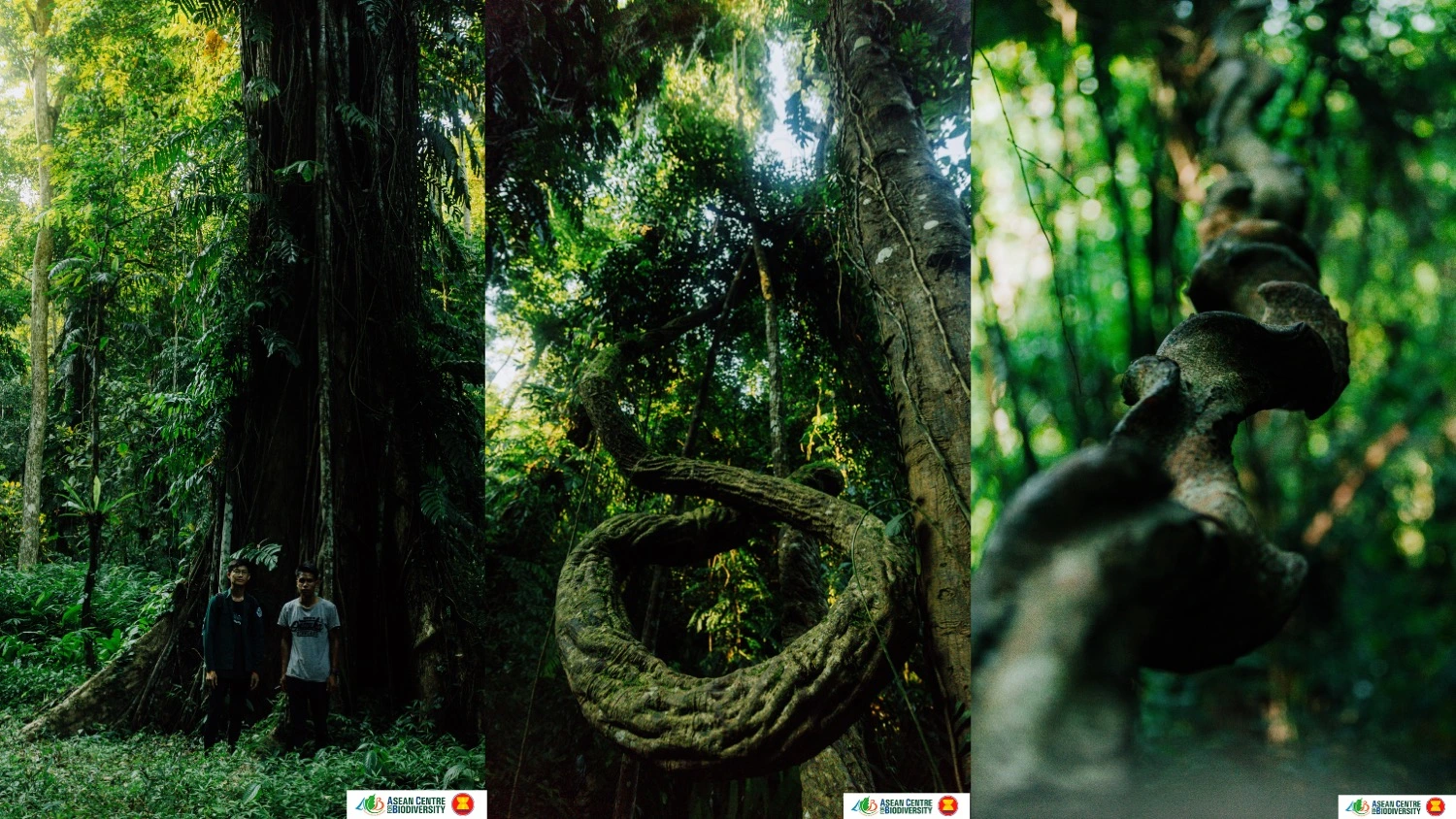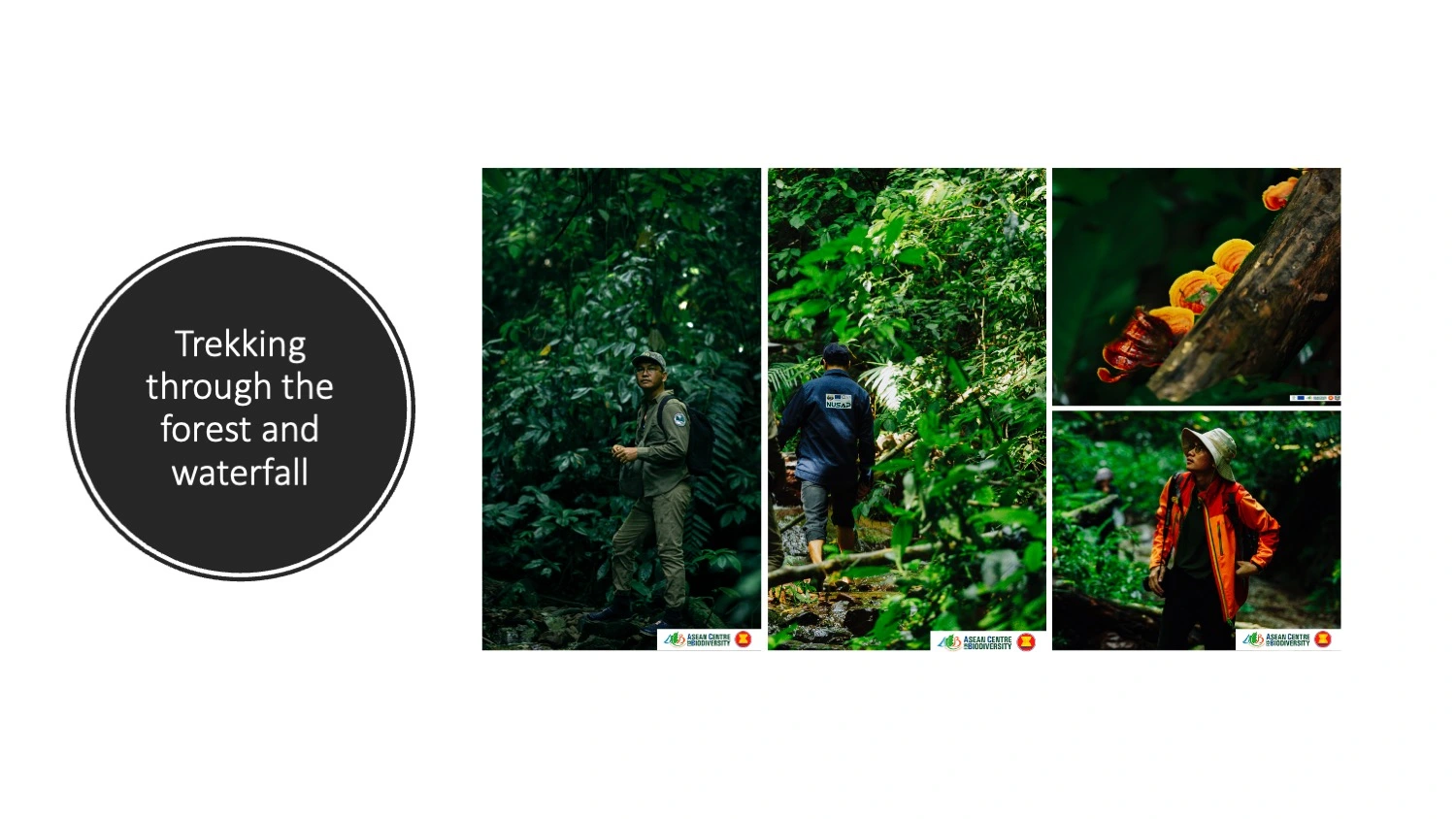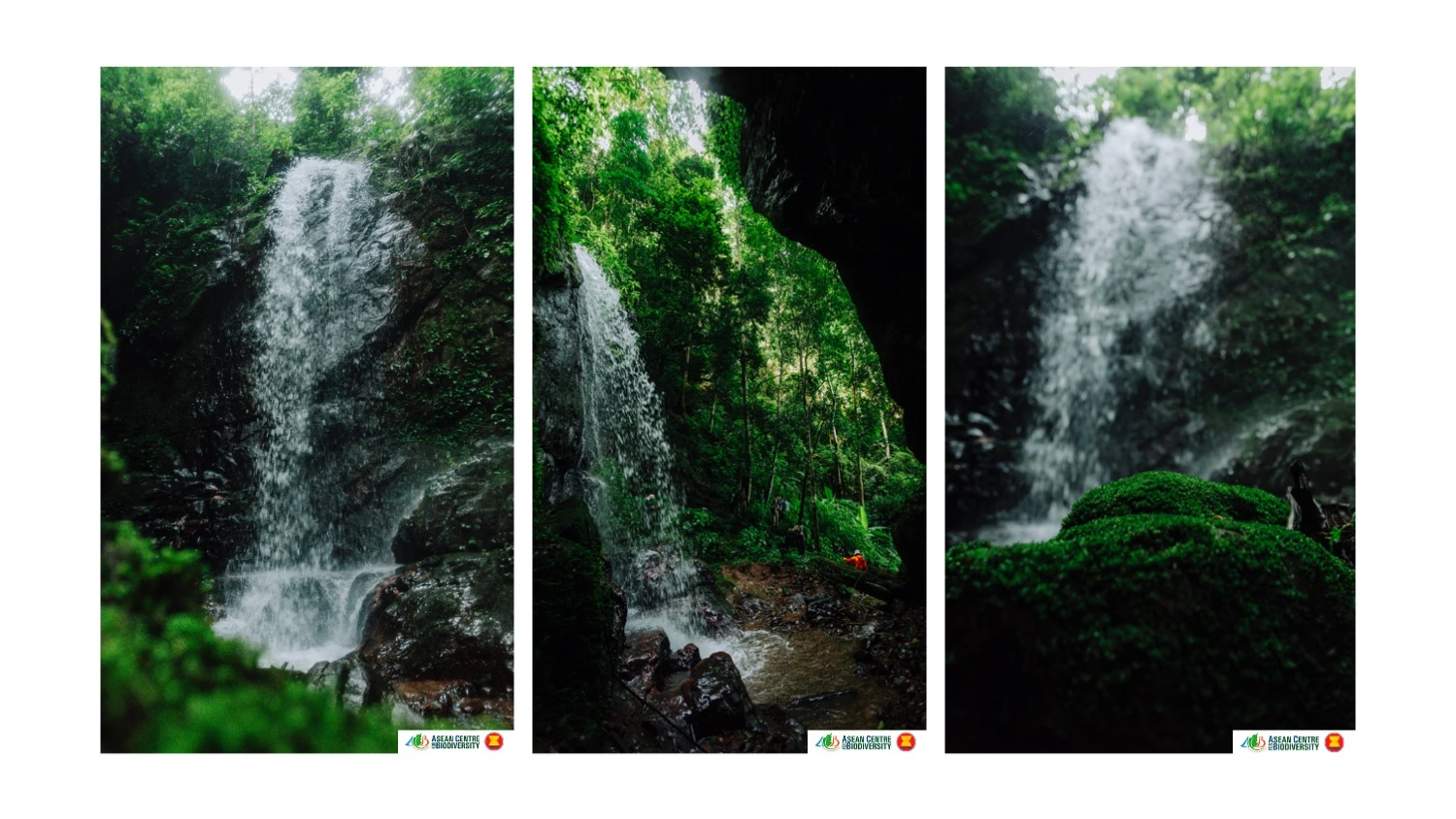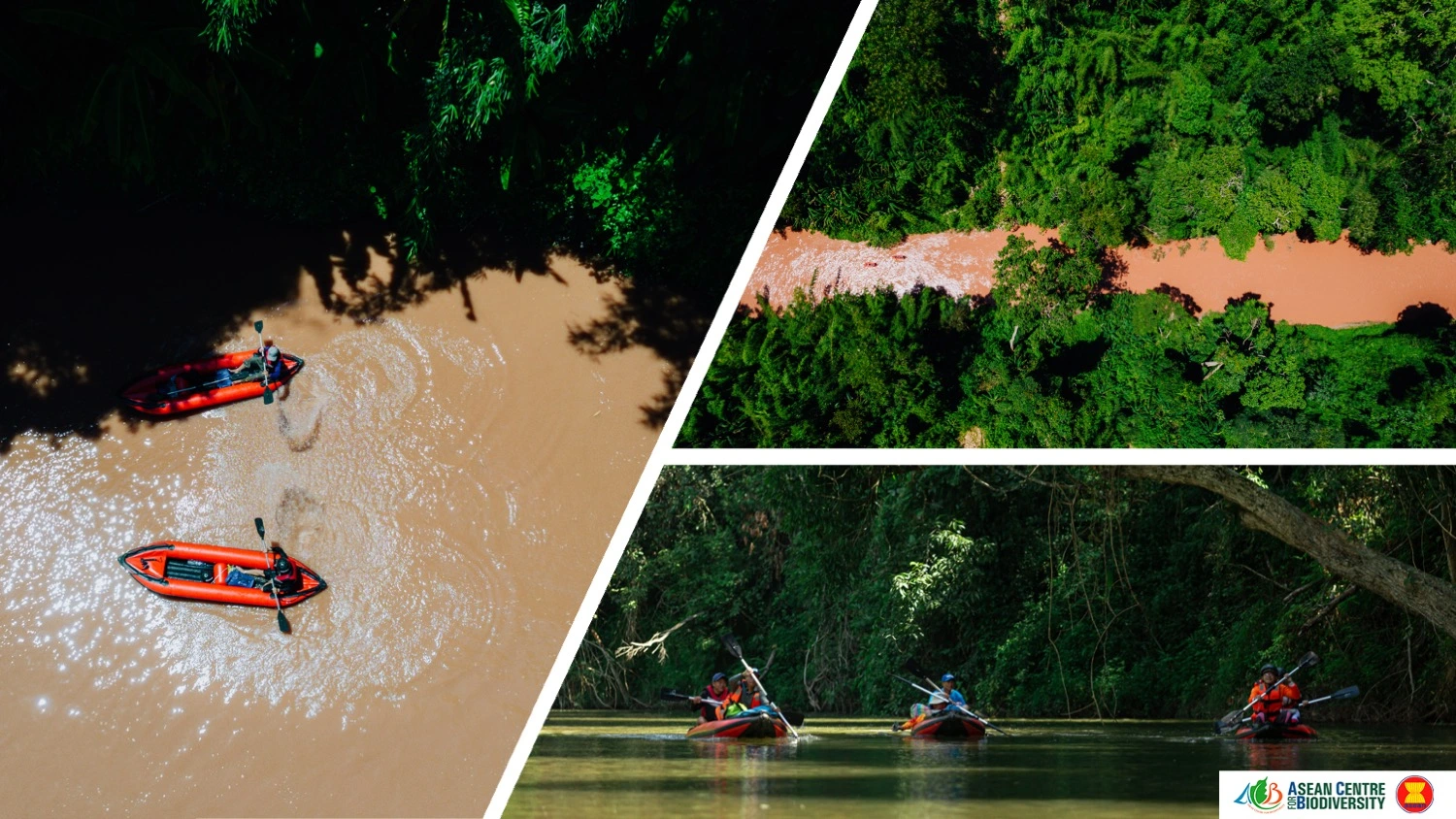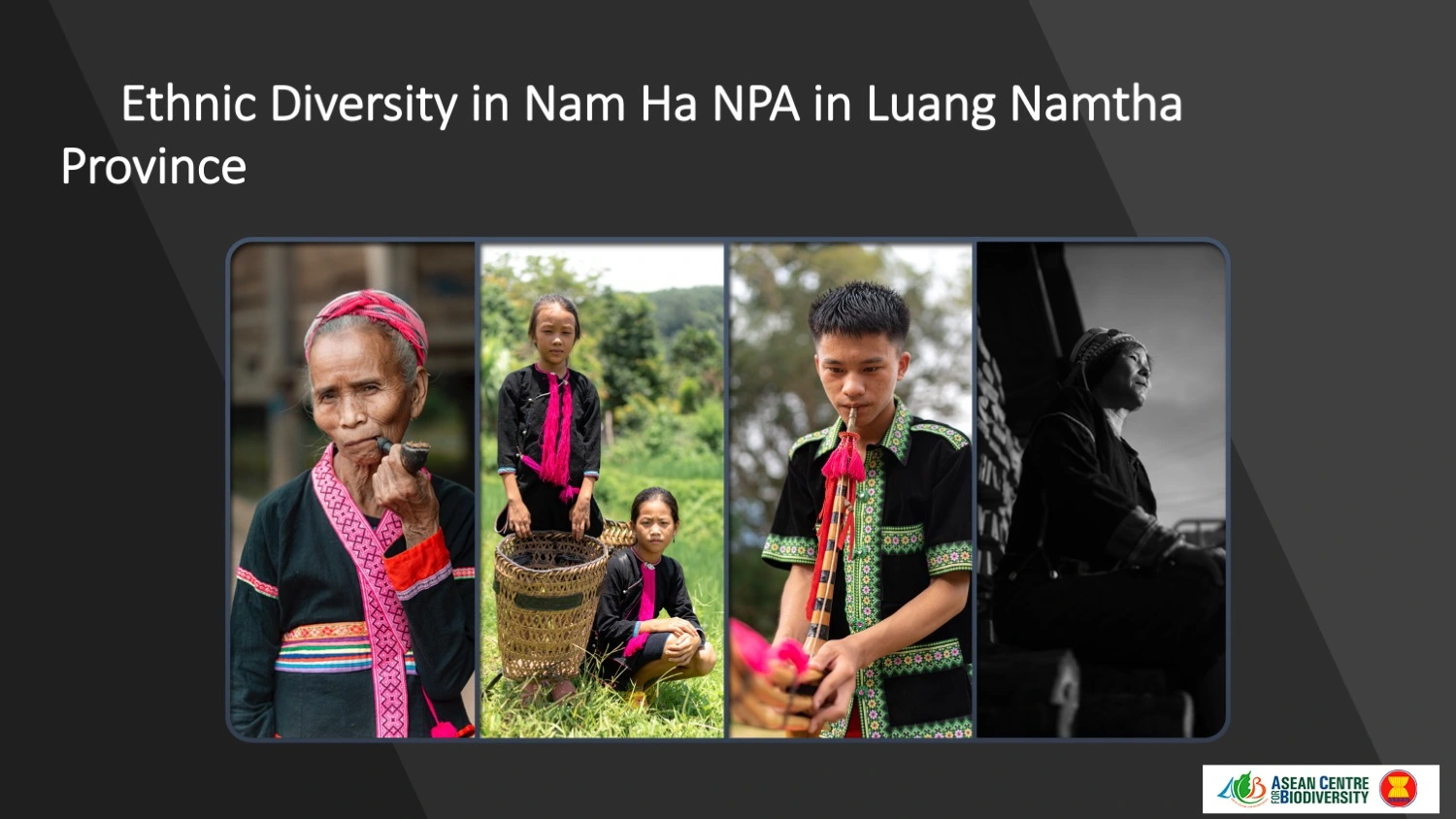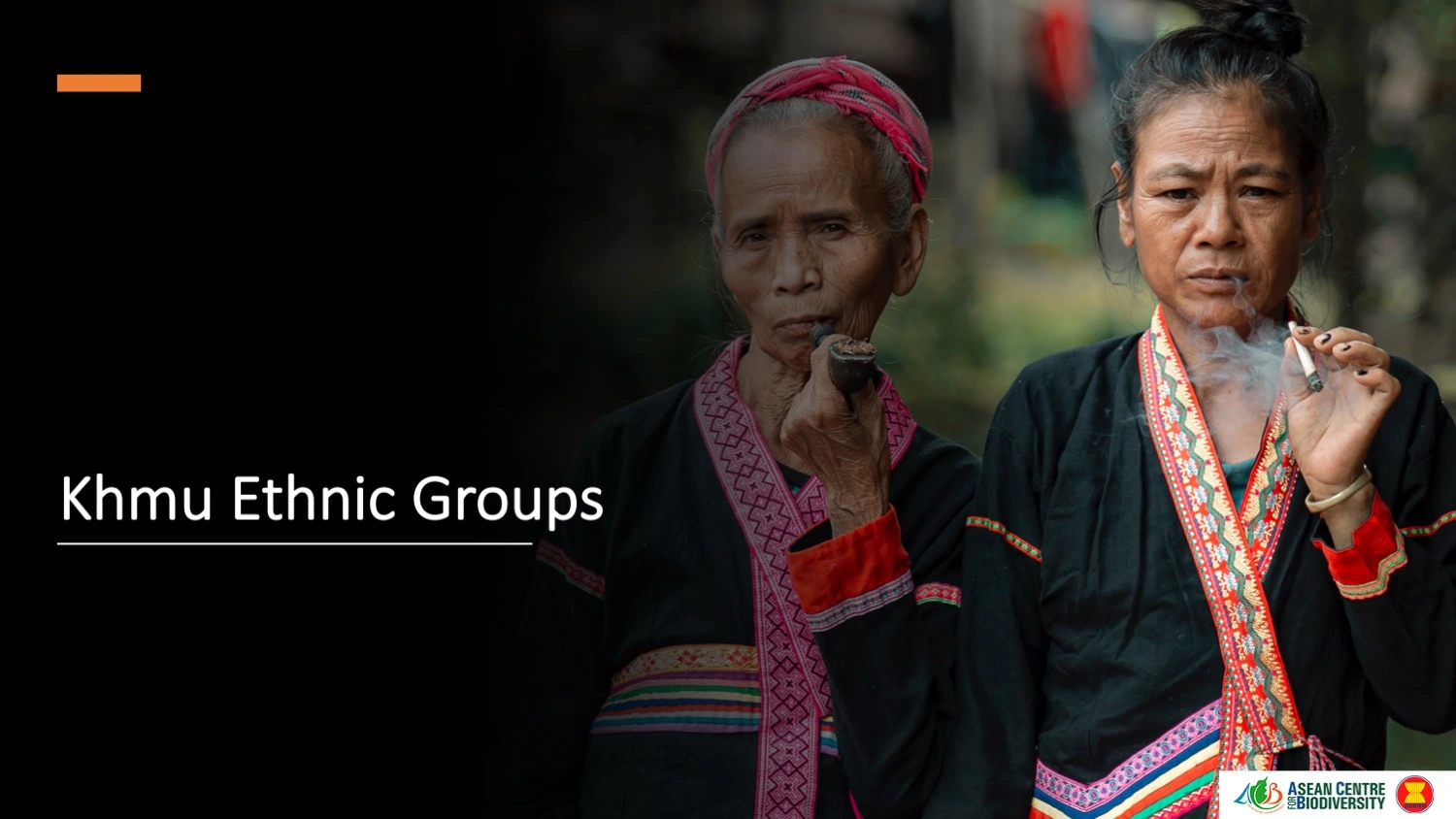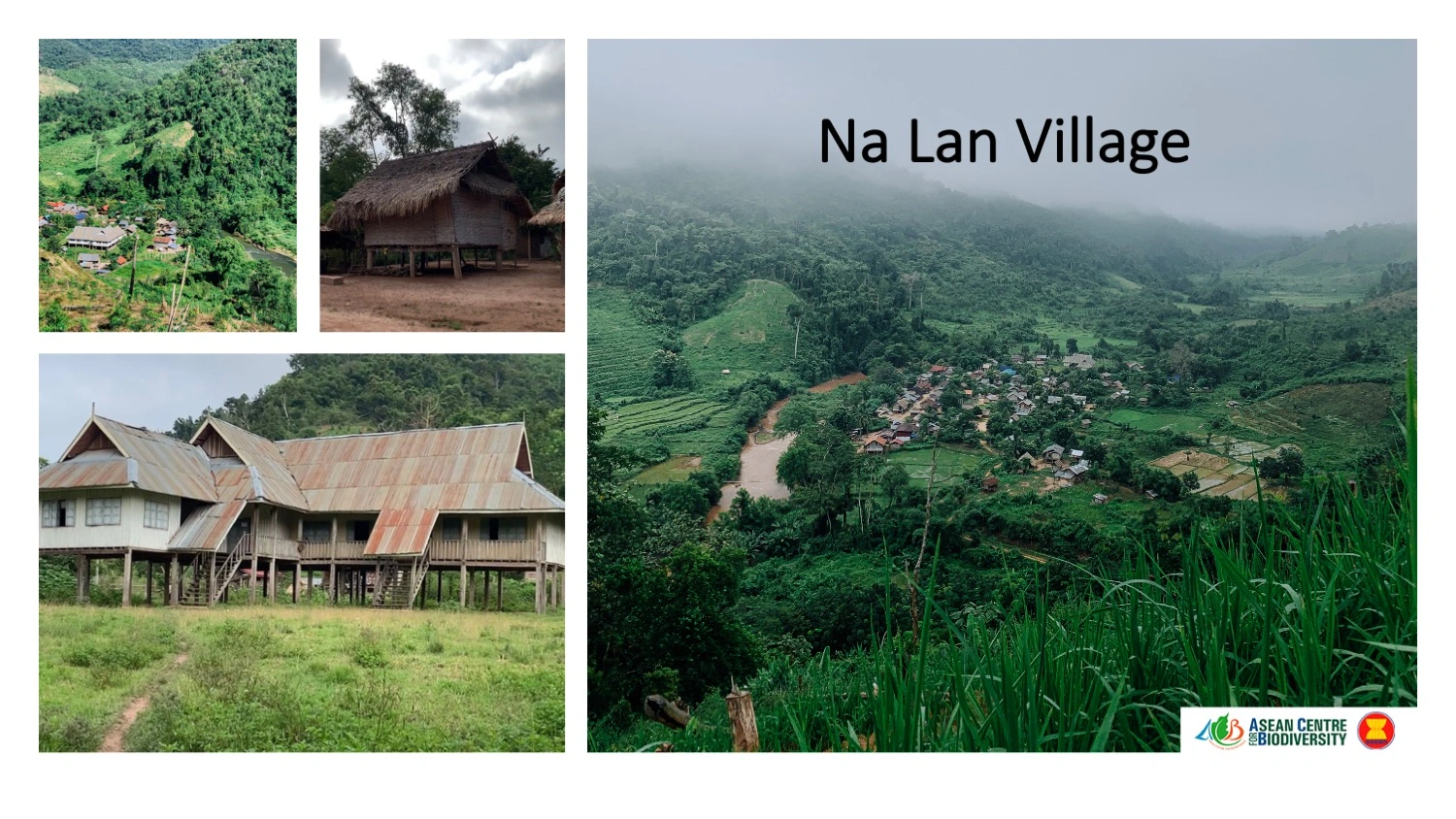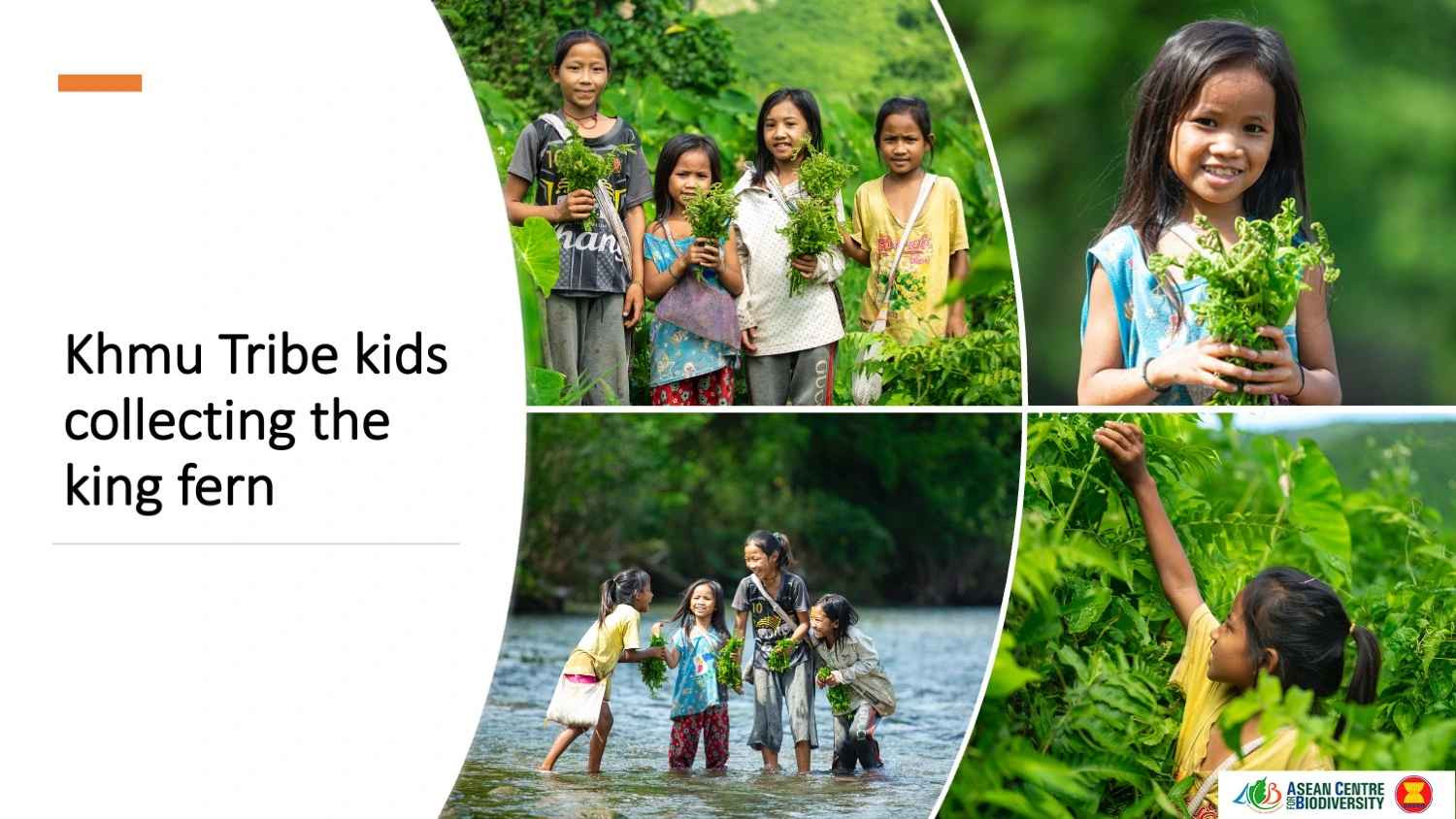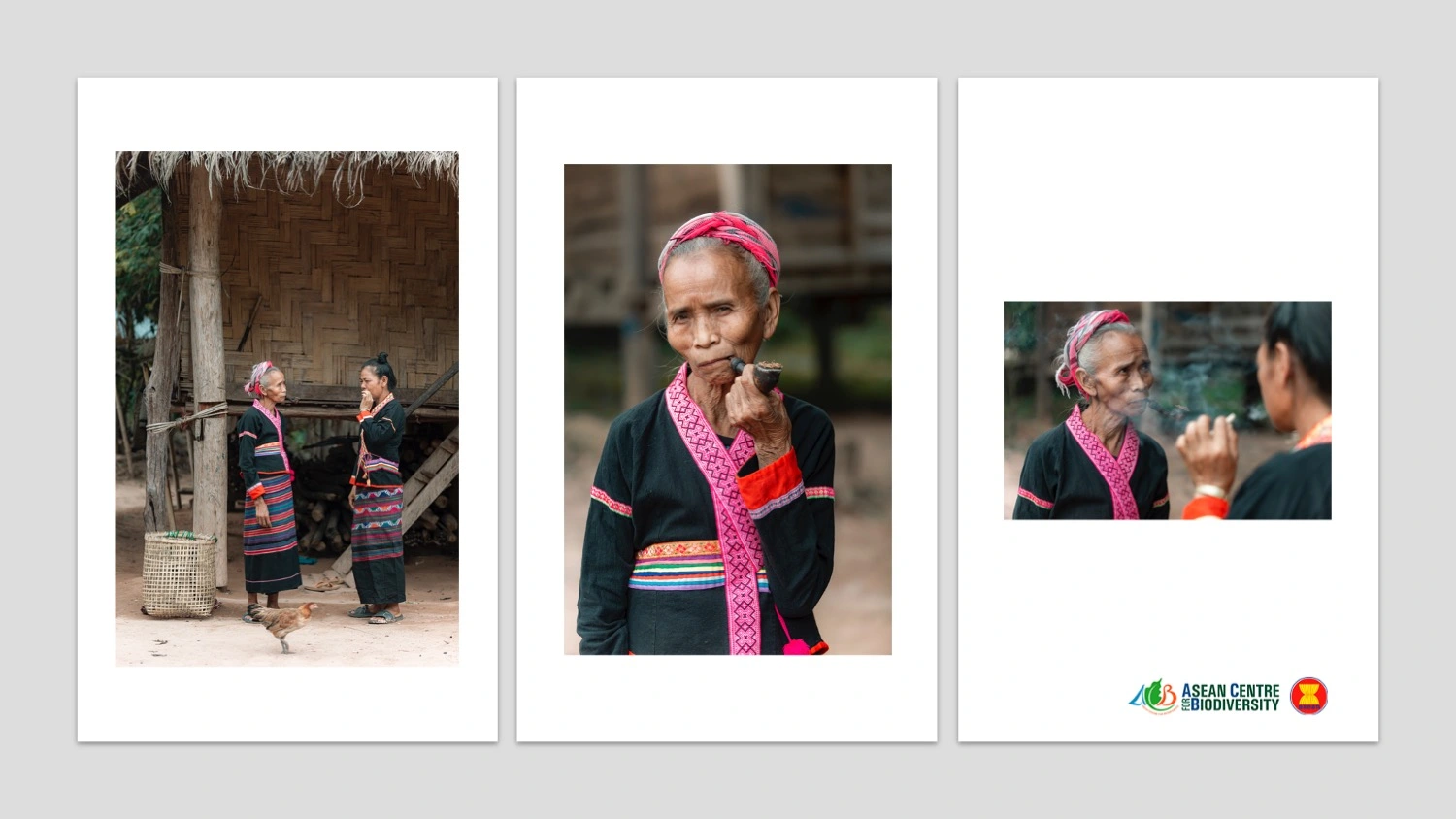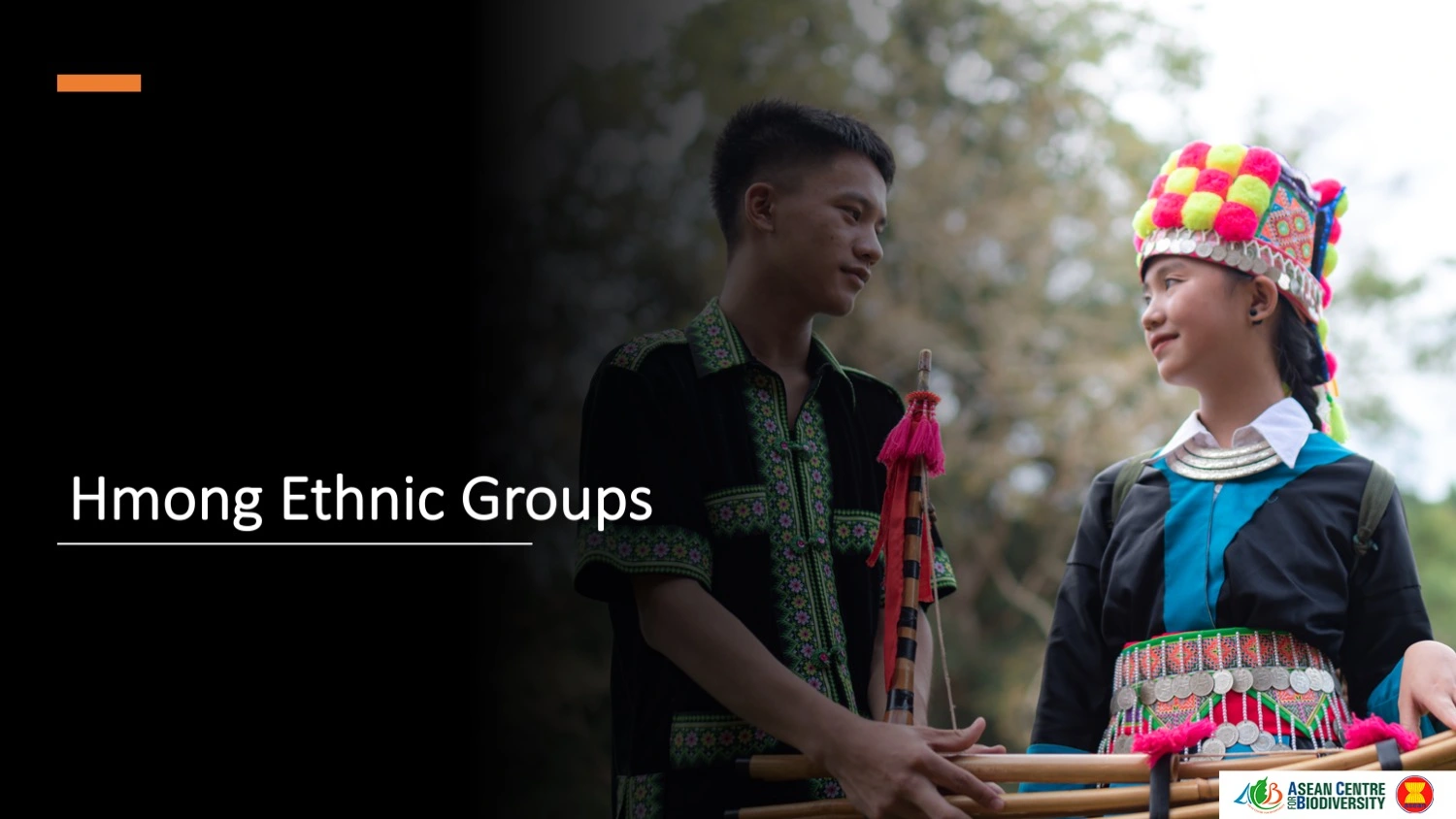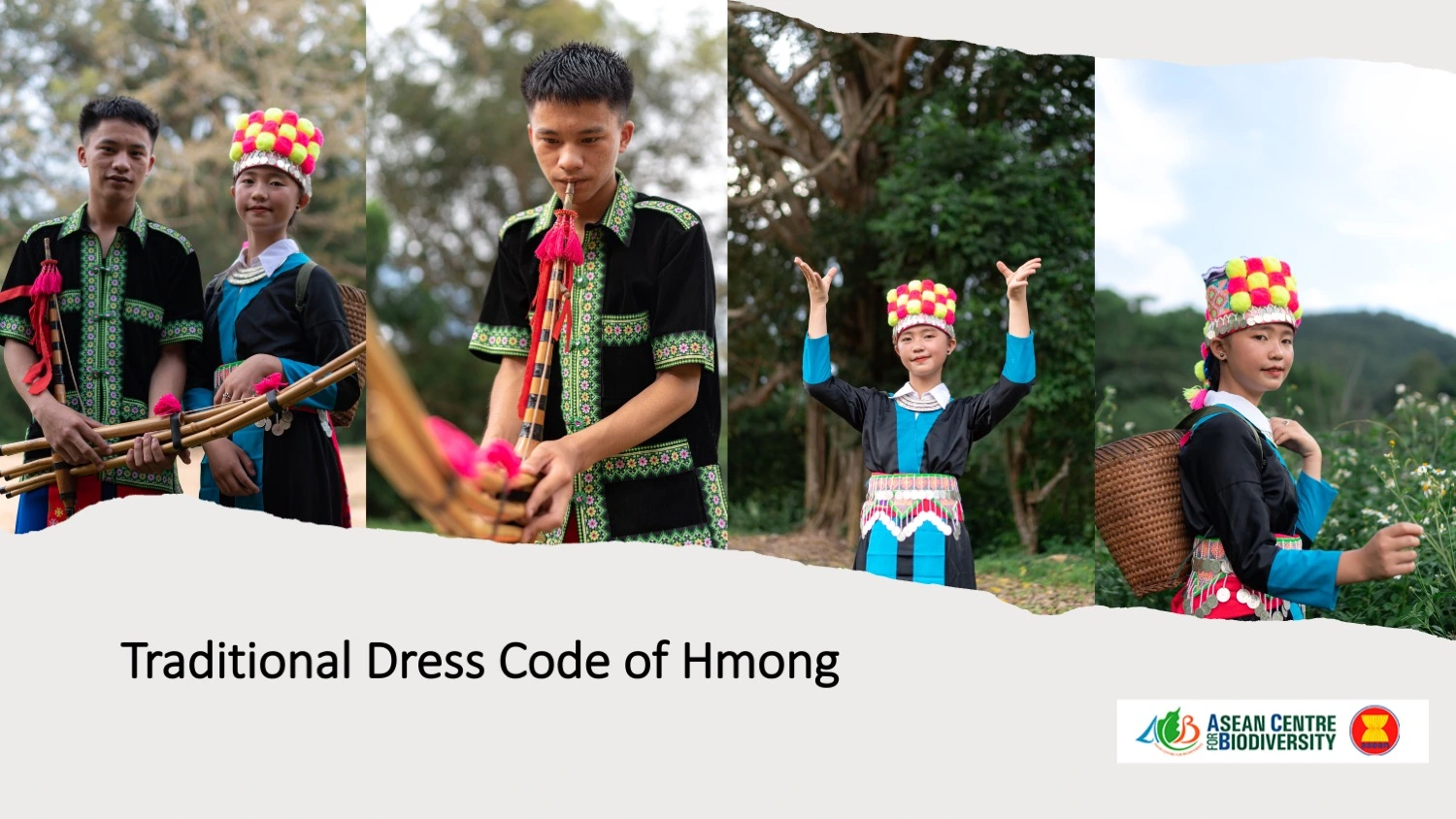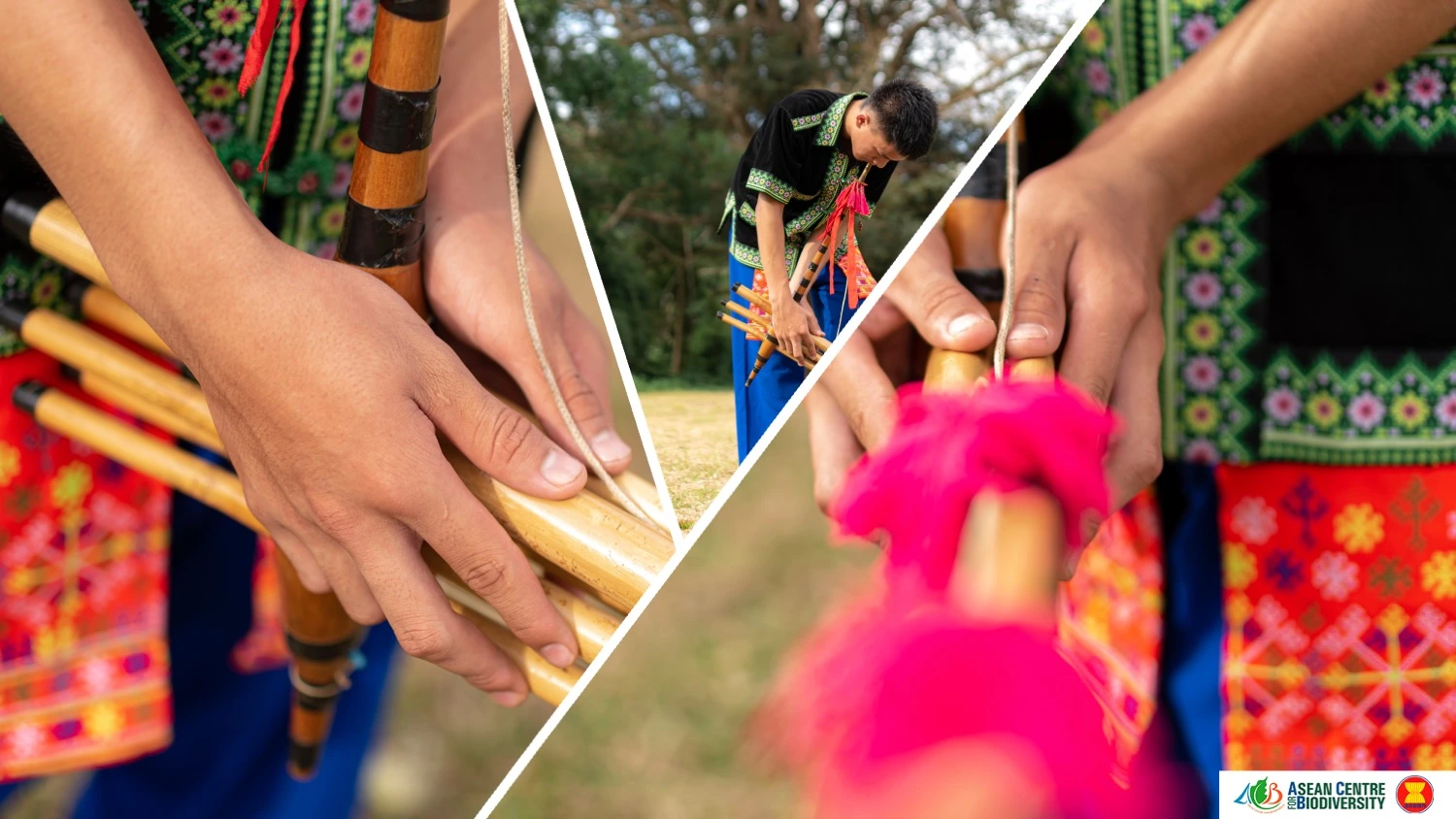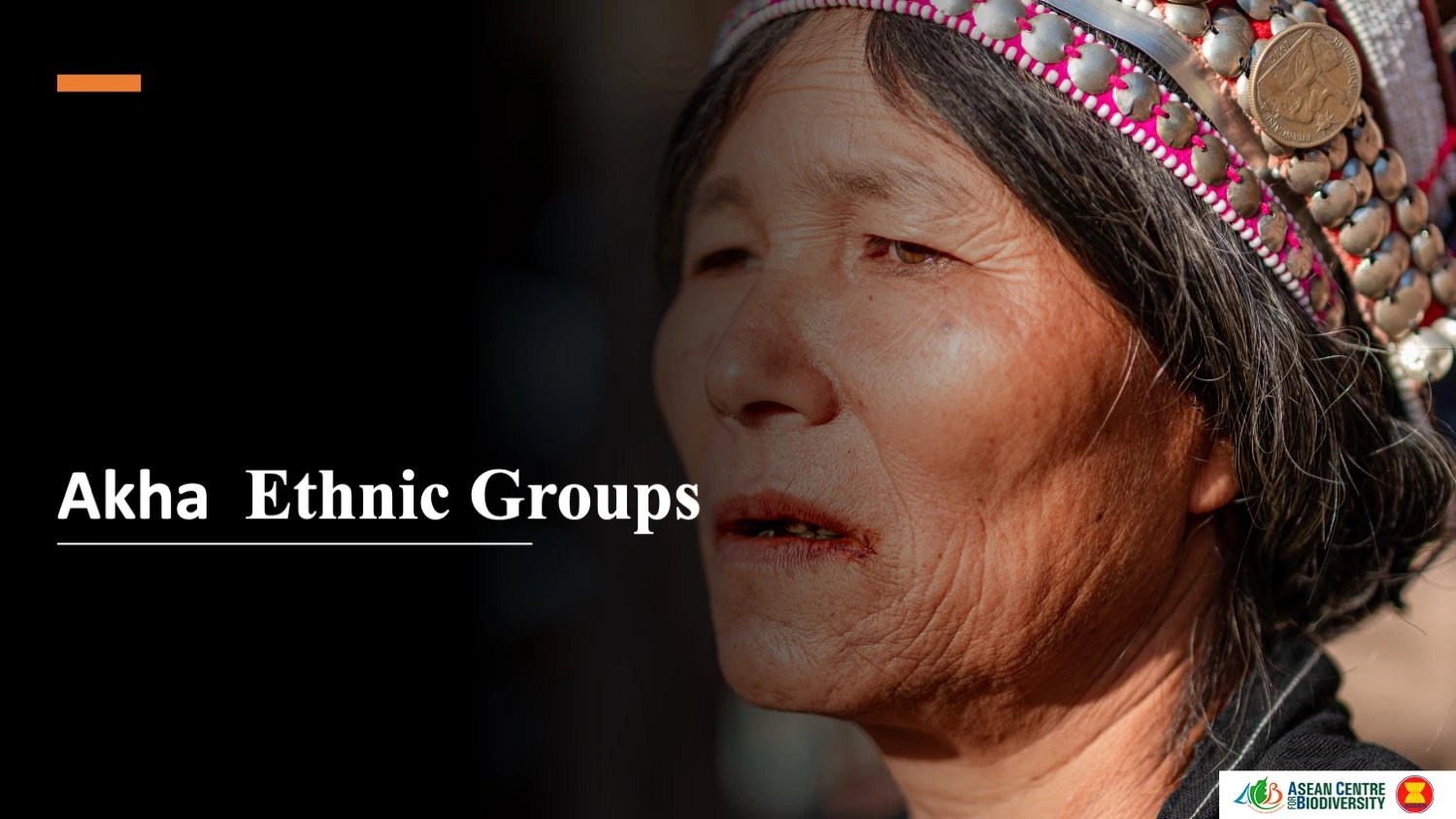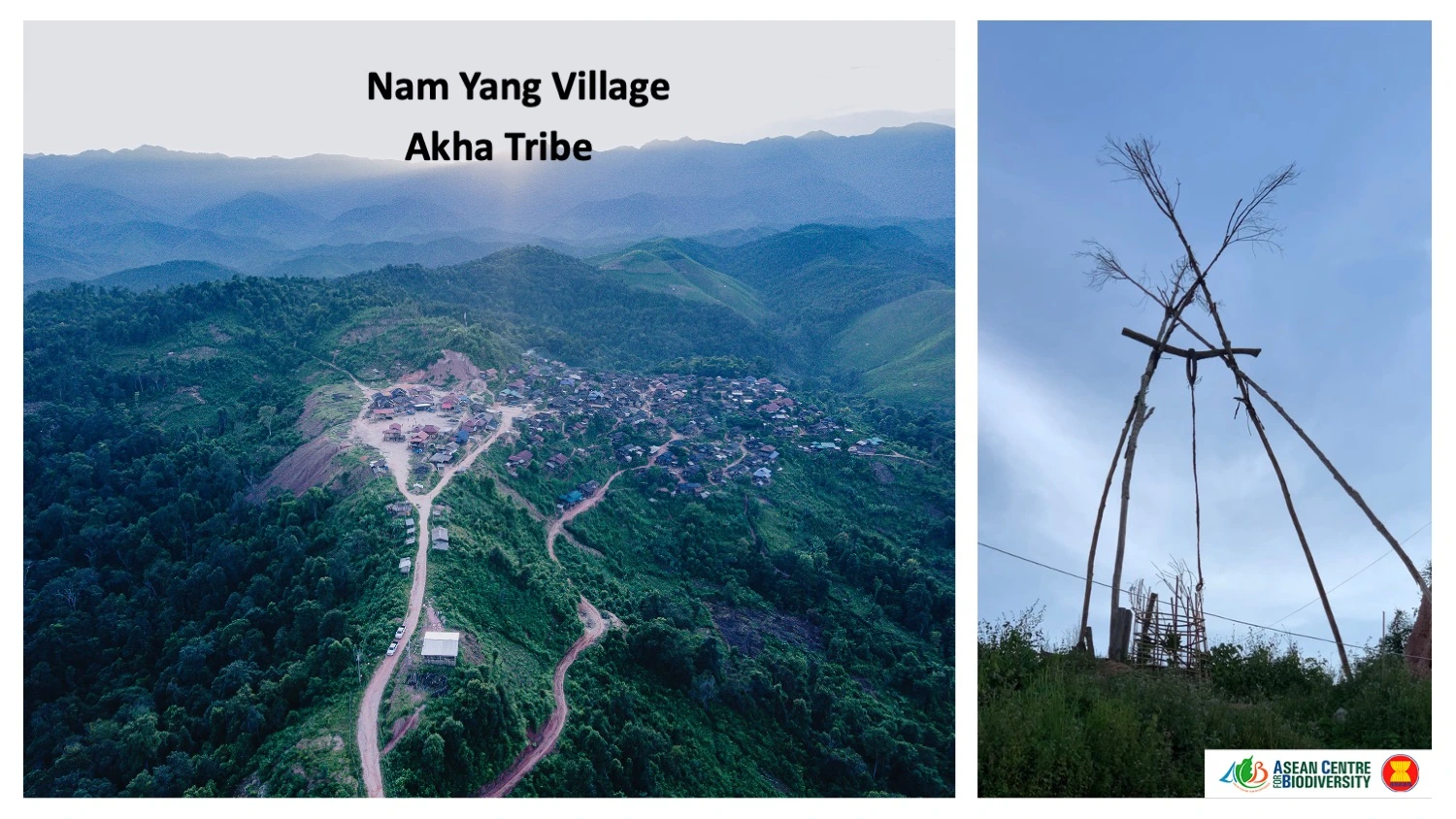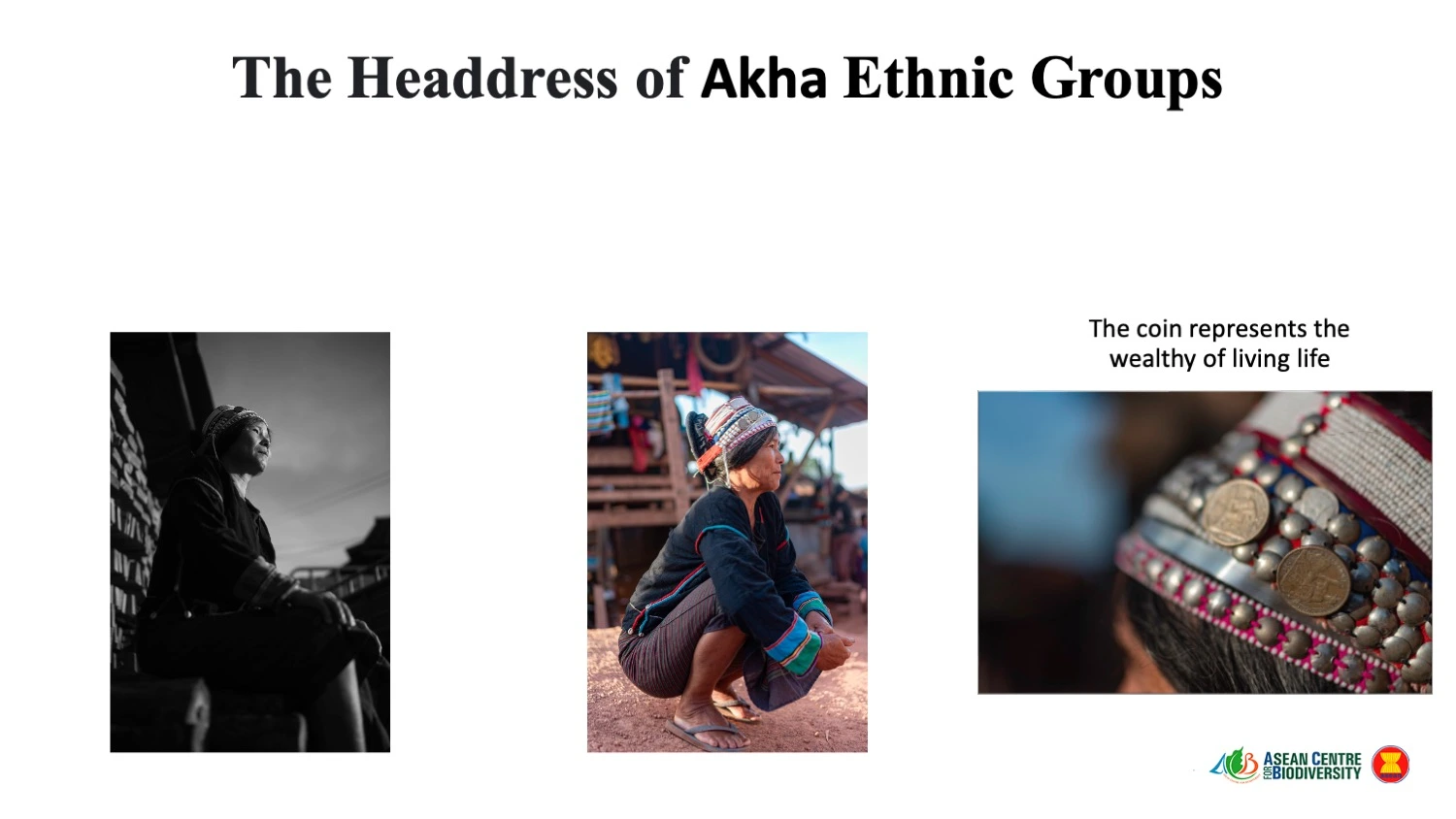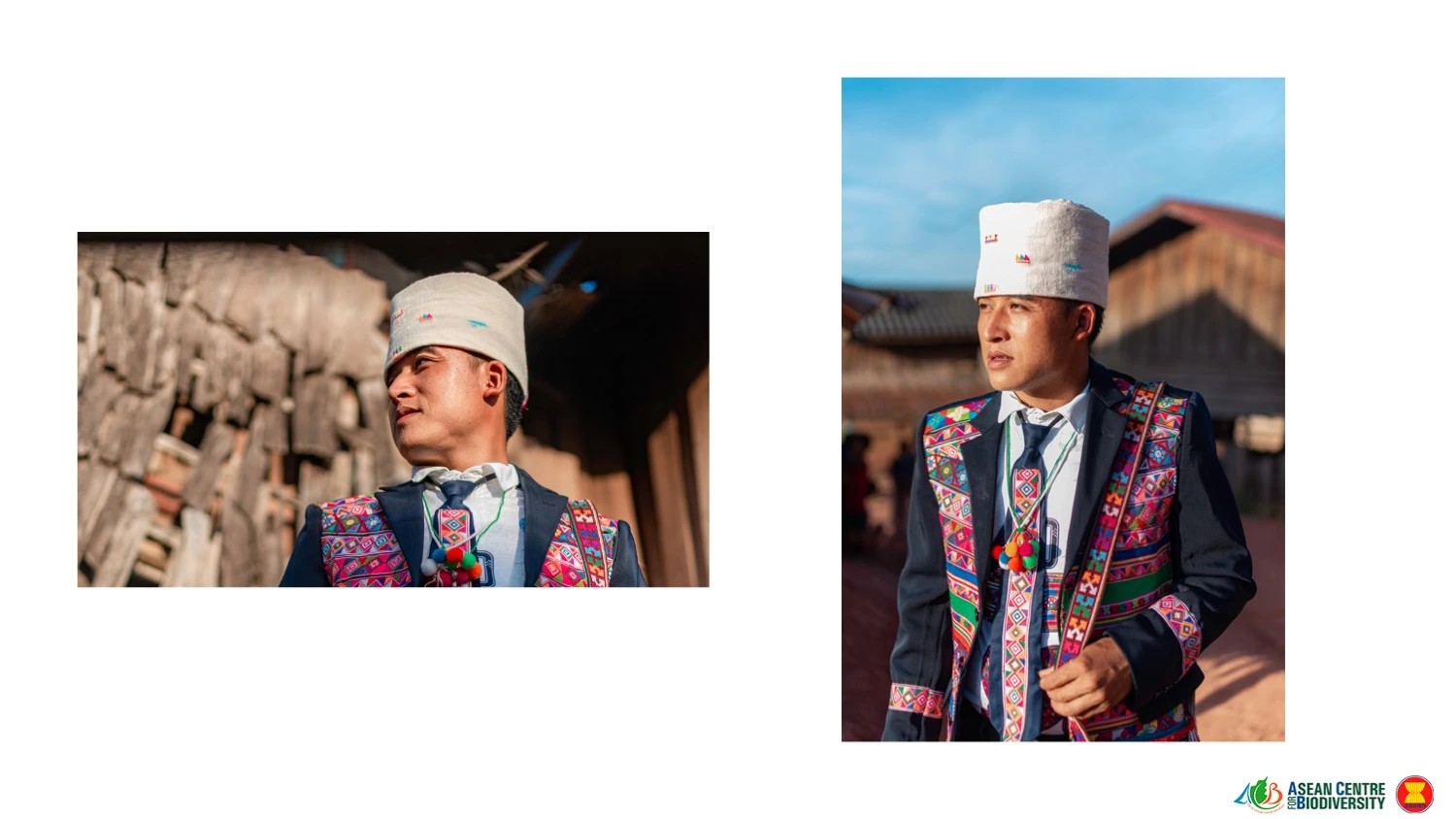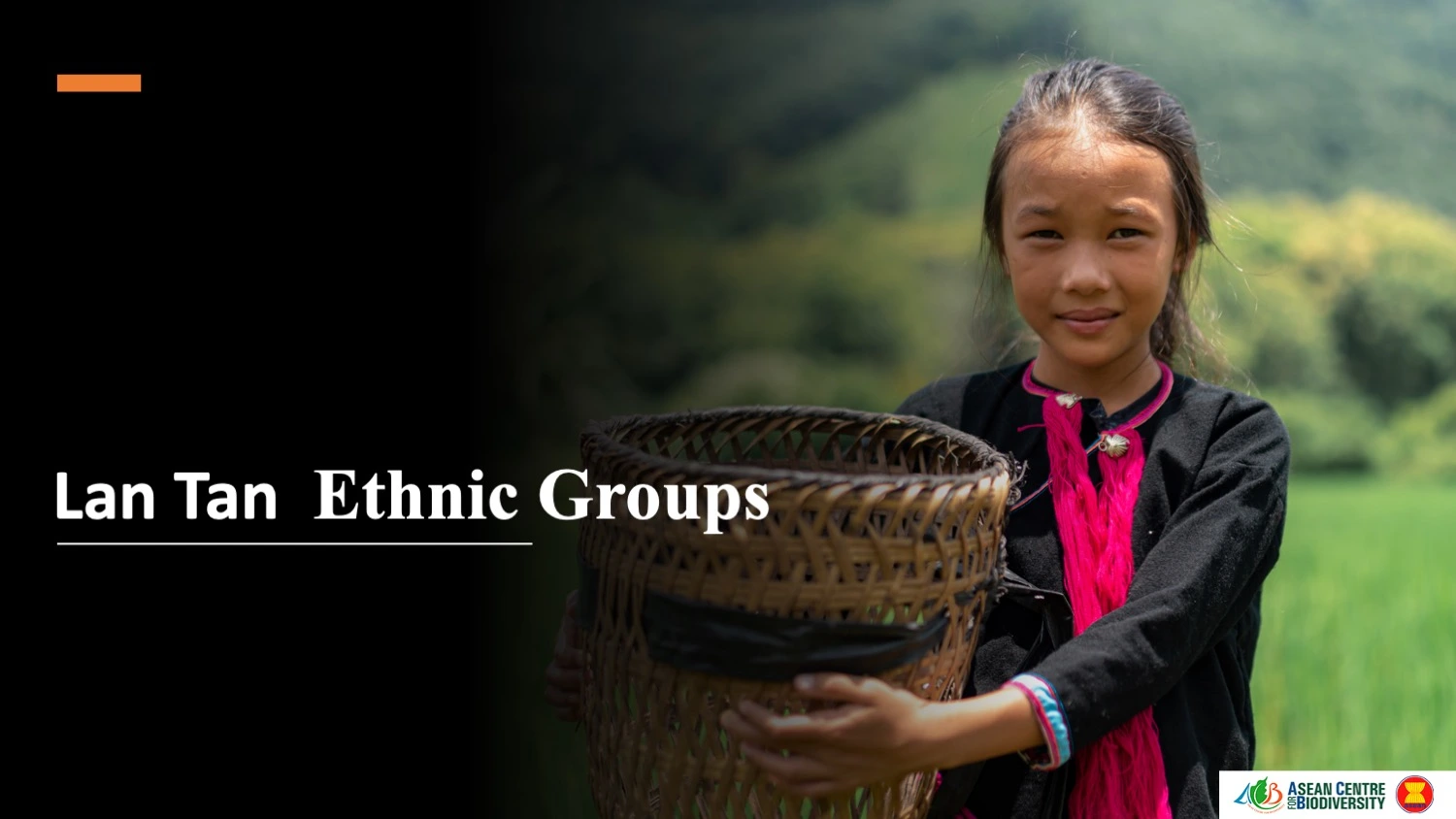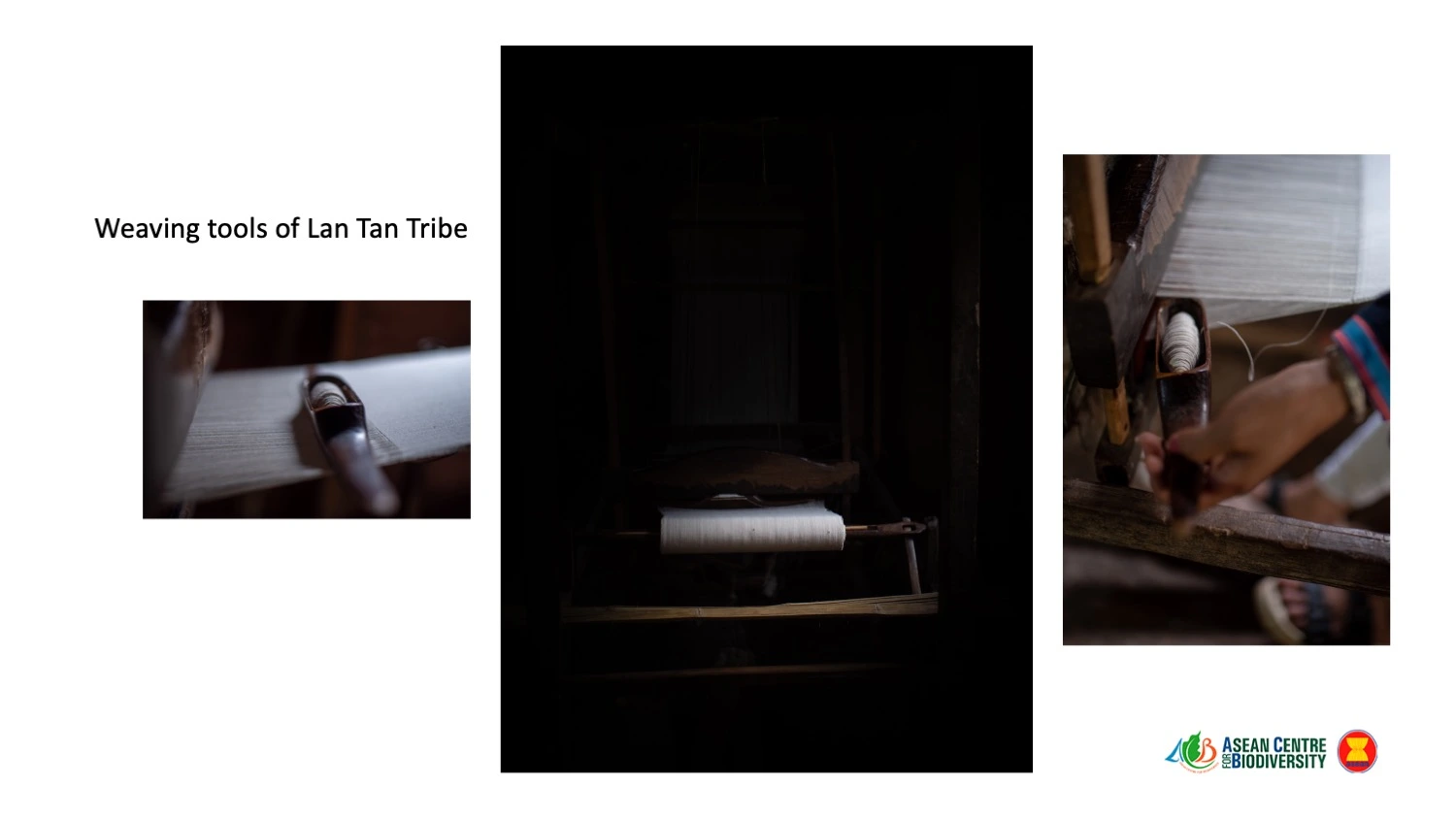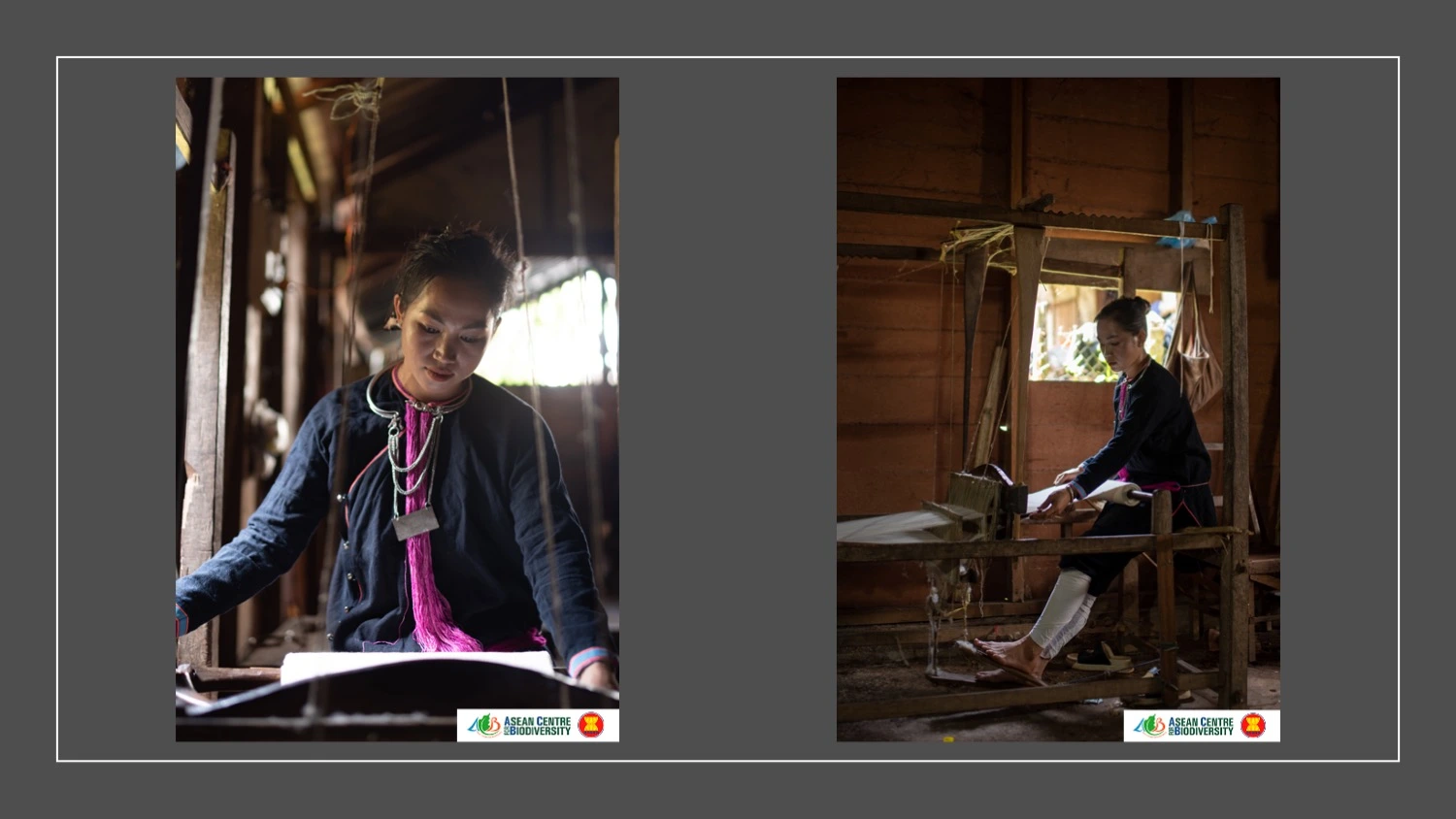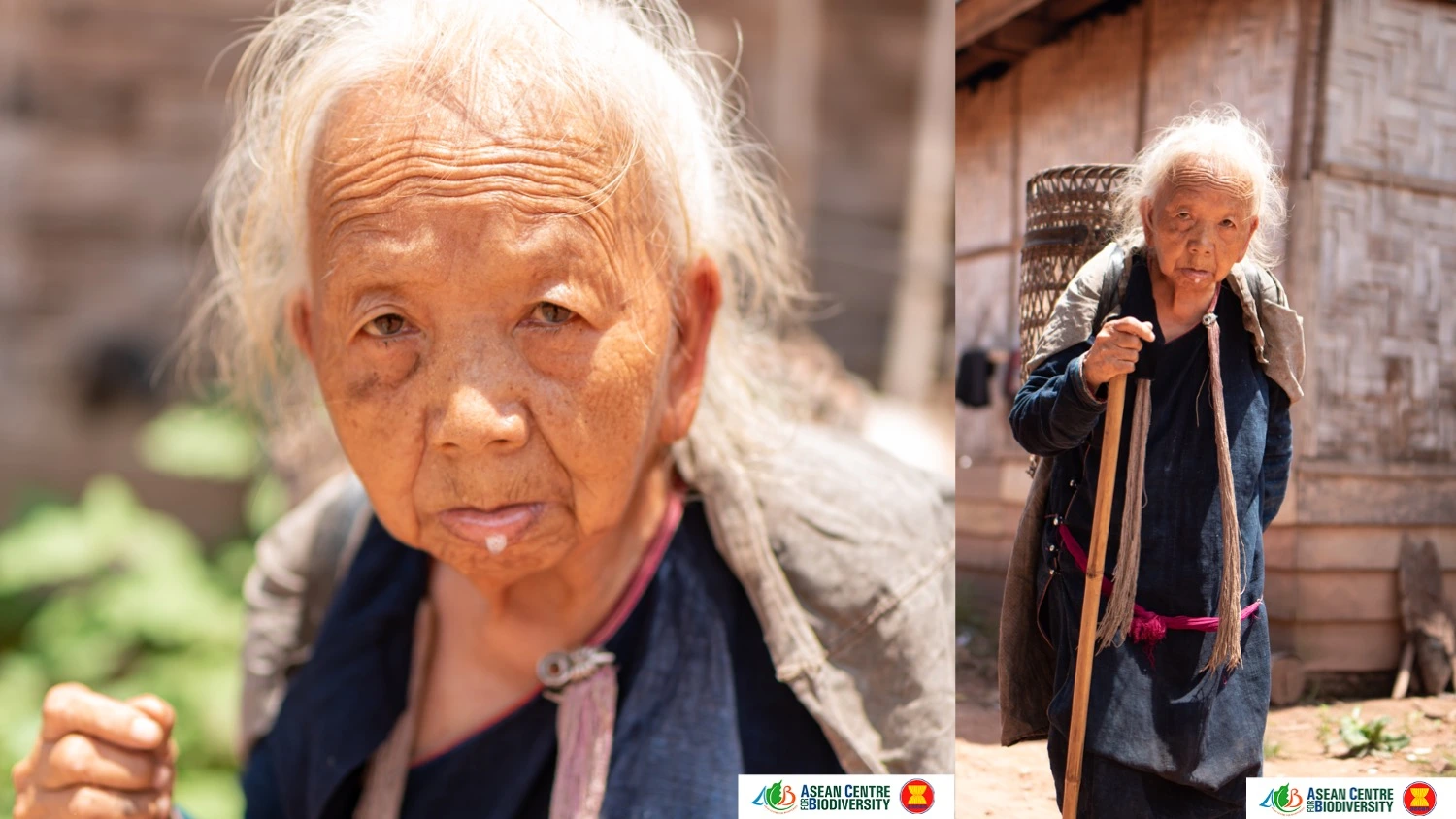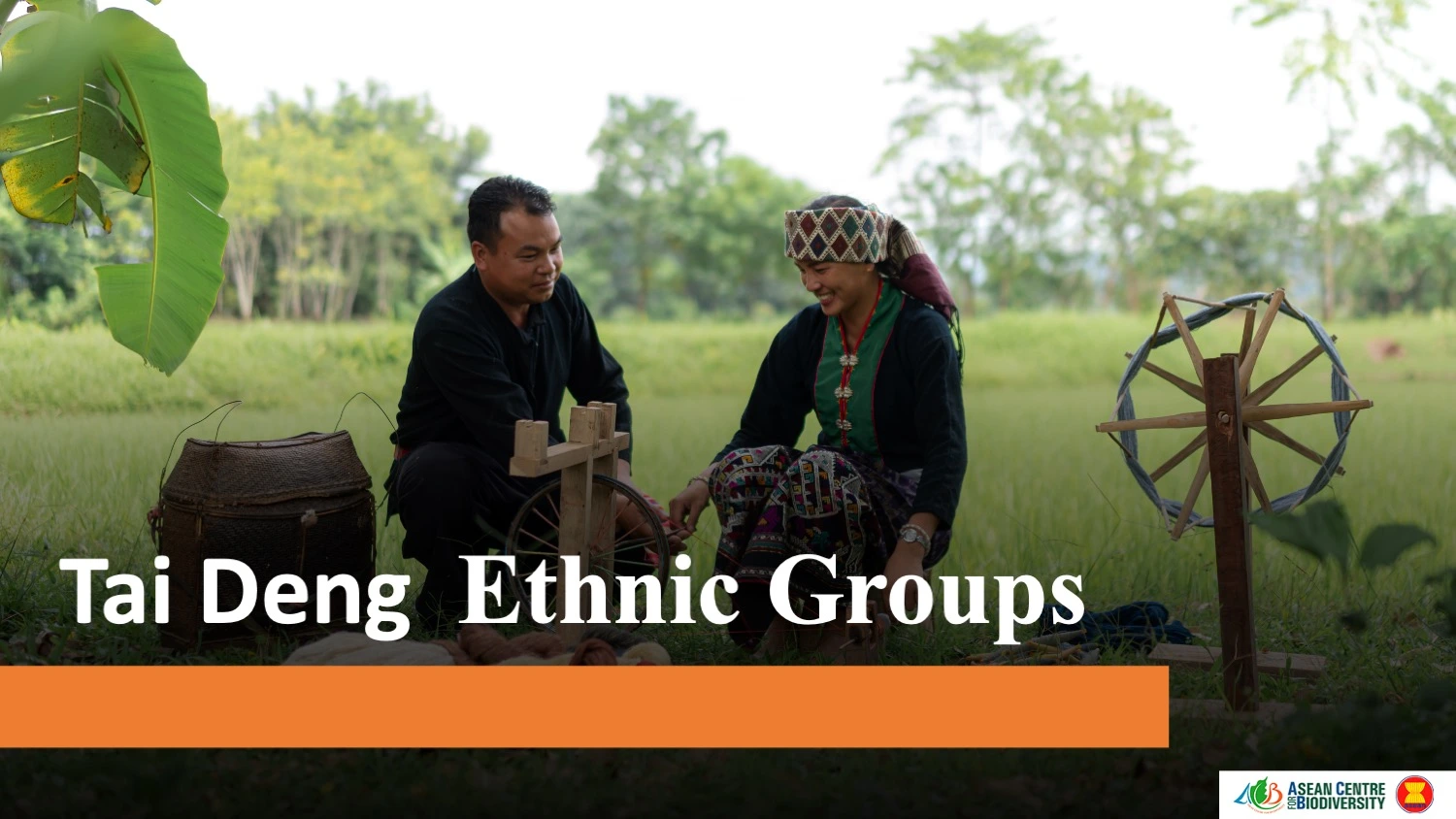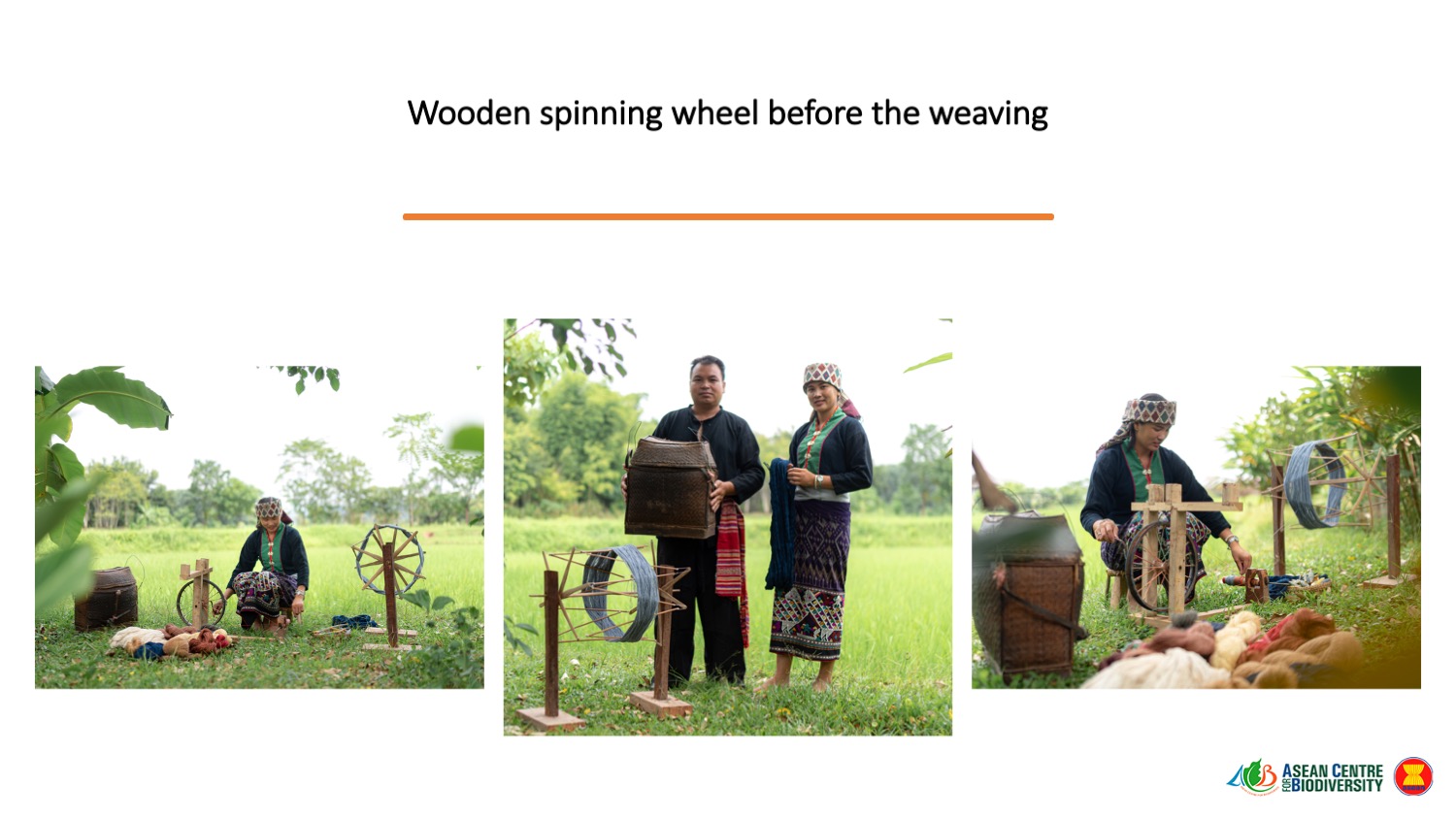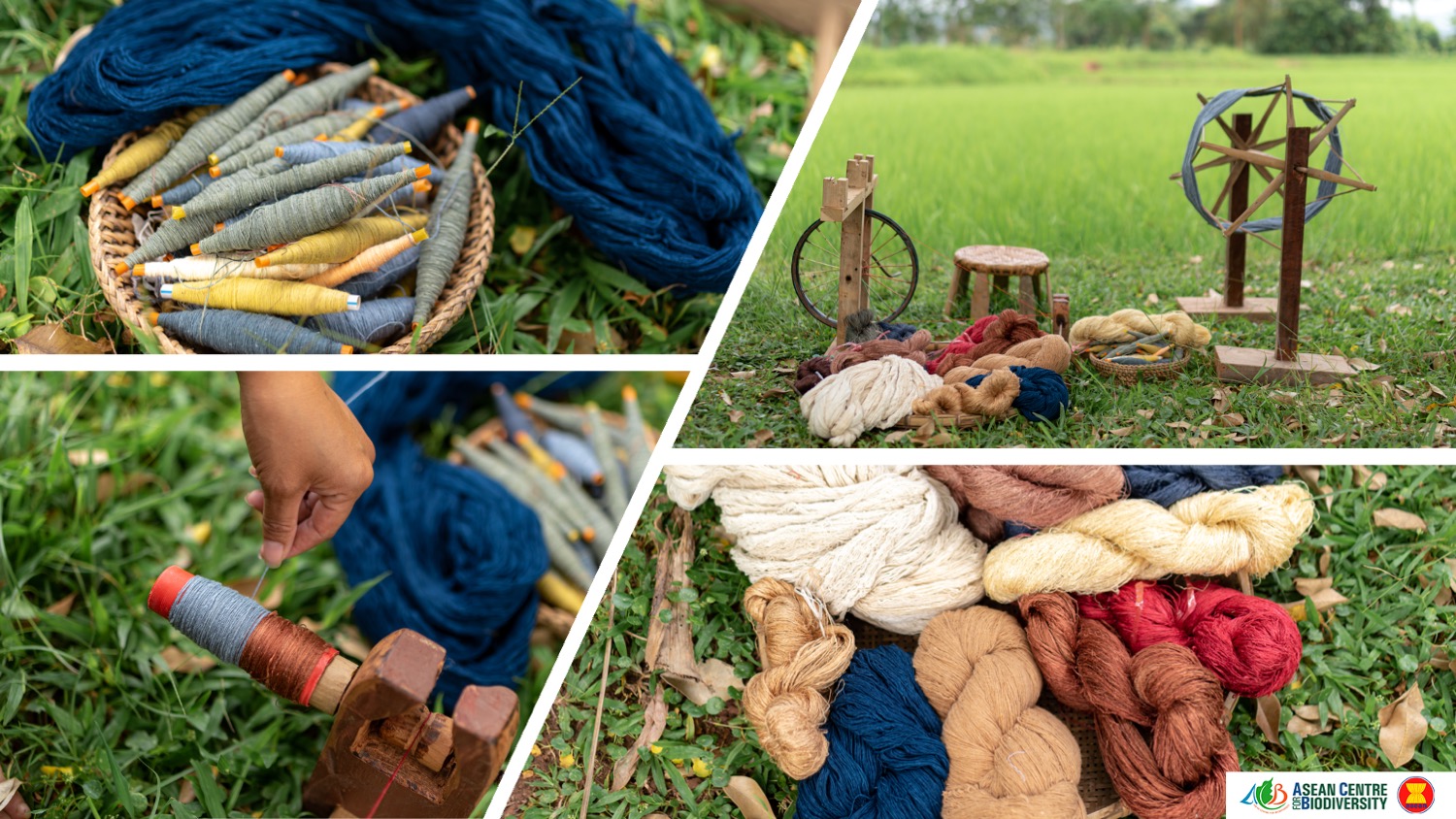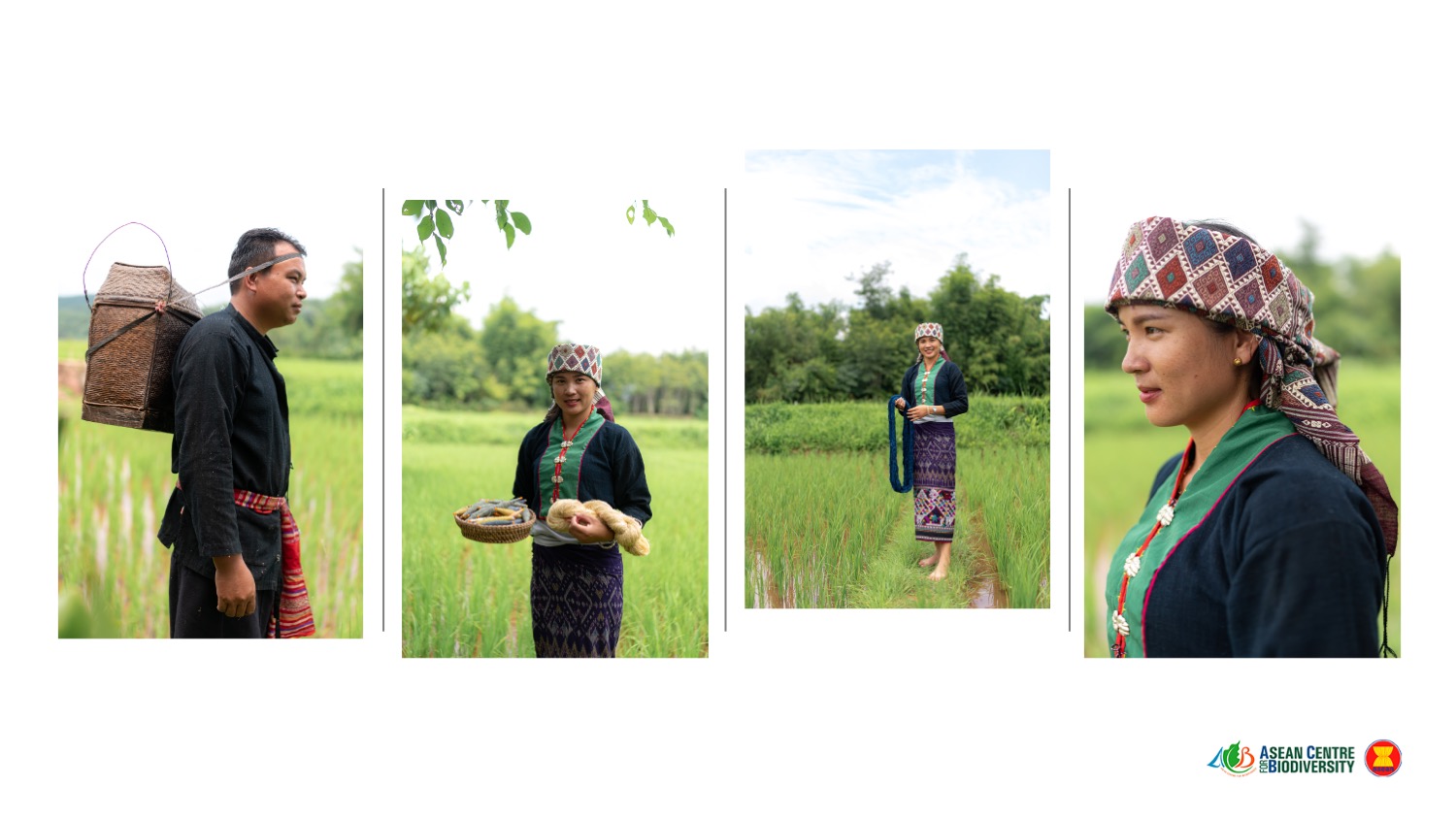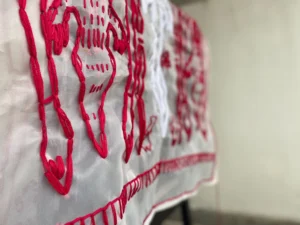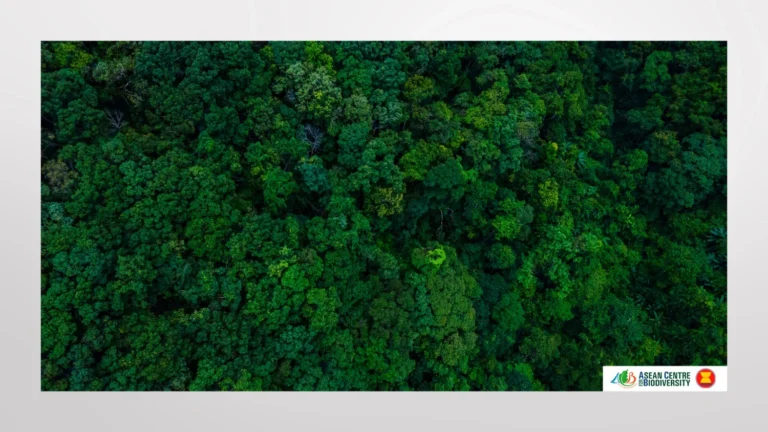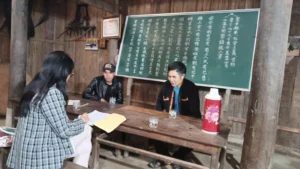
Critically Endangered Species of Fauna in Nam Ha NPA
Nam Ha National Protected Area is one of the country’s most well-known areas for the Critically Endangered (CR) Species of wildlife. There are many endangered species of wildlife found in Nam Ha National Protected Area including Silver Pheasant Lophura nycthemera, Red Muntjac Muntiacus Muntjac, Asiatic Black Bear Ursus thibetanus, Asian Elephant Elephas maximus, and Asiatic Golden Cat Catopuma temminckii, which has been categorized by the Wildlife and Aquatic Law of Lao PDR, and also listed in the IUCN Red List of Critically Endangered (CR) Species.
Rare and Endangered Non-Timber Forest Products (NTFPs)
Local people who live in Nam Ha National Protected Area highly and directly depend on Non-Timber Forest Products (NTFPs) that can provide nutritional and medicinal values such as the Kheua haem or Yellow Vine, Tree Turmeric Coscinium fenestratum (Goetgh.) Colebr. / Menispermaceae is used to treat diseases such as cancer, diabetes, and hepatitis. Furthermore, Marbled Jewel Orchids (Anoectochilus spp.), Snuff Bean/ Sword Bean Entada Scandens and Red Sandalwood/ Sander Pterocarpus santalinus are listed in the Prohibition Category (I) of the NTFP List of Lao PDR. NTFPs have played a potential role in providing economic value, some species are important export products such as Calamus Viminalis, Calamus Acanthospathus and Calamus Tetradactylus which significantly contribute in generating the household’s income and national revenue.
Eco-Tourism
The concept of sustainable tourism is employed at the Nam Ha National Protected Area. Not only does this give importance to responsible and sustainable management of the ecosystem and natural attractions to both locals and tourists, it also provides income to the indigenous people engaged in the tourism activities such as kayaking, trekking through the spectacular forest and waterfalls, and exploring the amazing scenery offered by this protected area.
Ethnic Diversity in Nam Ha NPA in Luang Namtha Province
Luang Namtha is one of the most ethnically diverse provinces in Lao PDR. There are 17 ethnic groups in the Nam Ha National Protected Area, which includes the Khmu, Hmong, Akha, Lan Tan, and Tai Dam , which are the traditional ethnic groups that live along the Nam Ha river. These ethnic groups have their own special identities with unique languages and beautiful cultural characteristics, especially the iconic traditional costumes, traditional musical instruments, exquisite textile, and handmade wickerwork.
Khmu Ethnic Groups
Large groups of Khmu reside in the northern part of Lao PDR, which has the second largest population of the country. In the Nam Ha National Protected Area, Na Lan Neua is a village of Khmu which is located alongs Nam Ha river and recognised as a community-based ecotourism site. Local people’s lives connect and harmonise with nature, and have a high appreciation of the values of nature, which will lead to peaceful coexistence, just like the Lao Government’s slogan of ‘small village in big forest’. The Khmu have played a key role in pushing sustainable and responsible tourism practices forward through active participation in preserving traditional knowledge, and promoting the natural resource-based livelihood practices and beautiful culture, while significantly contributing to sustainable management and conservation of forestry and biodiversity.
Hmong Ethnic Groups
The Hmong migrated from central and southern China to Lao PDR in the 19th century, and can now be found in the Northern and CentralLao PDR. The Hmong is an ethnic group that maintains their culture and exquisite and beautiful costumes with unique decorative embroidery patterns. Furthermore, Hmong’s musical culture has been inherited from many generations, which is associated with various ritual traditions.
The Qeej, or mouth organ, is known as one of the oldest Hmong musical instruments and has an important role in their culture; it is connected to the beliefs, traditions, and way of life of the Hmong. Through this instrument, the intangible cultural values of the Hmong ethnic group is preserved and promoted to the younger generations.
Akha Ethnic Groups
The Akha has migrated from China to Lao PDR over the past 200 years. Some of their villages are located in the northern part of Lao PDR, such as in the Phongsaly and Luang Namtha provinces. Most of the Akha people live in small villages on the highlands of the mountains.
Although there is a big challenge of the rapid social, economic, and environmental changes in the region, the preservation of the traditional lifestyles of Akha is becoming increasingly difficult. However, Akha is still practicing many elements of their traditional culture with great success such as living in the bamboo houses, dressing in their traditional costumes and accessories embroidered with their own unique style that represents their identity, and practicing the most important festival of the year, the Akha Swing Festival.
The Headdress of Akha Ethnic Groups
The headdress worn by the women of the Akha ethnic group is the most refined item of their outfit. Each piece is unique with the most detailed and beautiful accessories, and it serves as a way to determine an Akha woman’s age and marital or wealth status. Like the headdress, the identity of the Akha ethnic group in Lao PDR is similar. It is featured in metallic and silver hats, the headdresses are the embroidered veils and bright patterns, and decorative silver or metal items with different styles. Akha women are also proud of the wisdom of their ancestors, and be a part for conserving and inheriting the traditional embroidery pattern as well.
Lan Tan Ethnic Groups
Originally from China, the Lan Tan are known for their cultural heritage and traditional clothing. In fact, the Lan Tan culture is considered as an important part of the identity of the province of Luang Namtha.
The Lan Tan has a long history that reflects the identity of an ethnic group with expertise in cotton cultivation, yarn spinning, natural dyeing, and weaving. They have applied their wisdom dating back to several generations into the management of local communities in tourism, in promoting culture, in the production of traditional handwoven fabric, and in natural dyeing of cotton fabric.
Tai Deng Ethnic Groups
The Tai Daeng ethnic group originated in Vietnam and migrated to Lao PDR over the past several decades. They are often weavers of silk and cotton with excellent dyeing and mixing techniques. Their fabrics feature animal skins, trees, spirits, leaves and human figures on scarves and blankets. Tai Deang people in Nam Ha National Protected Area have well adapted themselves under globalization, and effectively engage in implementing the Lao government policies on greenery sustainable development, and promoting alternative occupations for the Tai Deang people by transforming their traditional way of life into handmade cotton thread and textile, and provision of the tourism services. The traditional knowledge and local wisdom on processing the thread and weave textile such as ginning (Eeow Fai), carding (Deet Fai), rolling (Lor Fai), Spinning (Khen Fai), Winding (Pia Fai), dyeing (Nyom Fai), sizing or starching (Kha Fai), winding (Kuak Fai), setting the warp threads (Khon Sai Feua), have been transferred to younger generation.
Share On:
Facebook
Twitter
LinkedIn
Email
Related stories:
The views and opinions expressed by the Young ASEAN Storytellers should not be taken, in any way, to reflect the official position or opinion of the ASEAN Centre for Biodiversity, its partners, the ASEAN Member States, and the ASEAN Secretariat.


